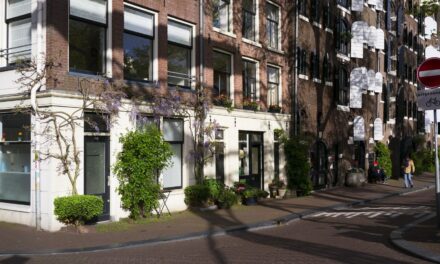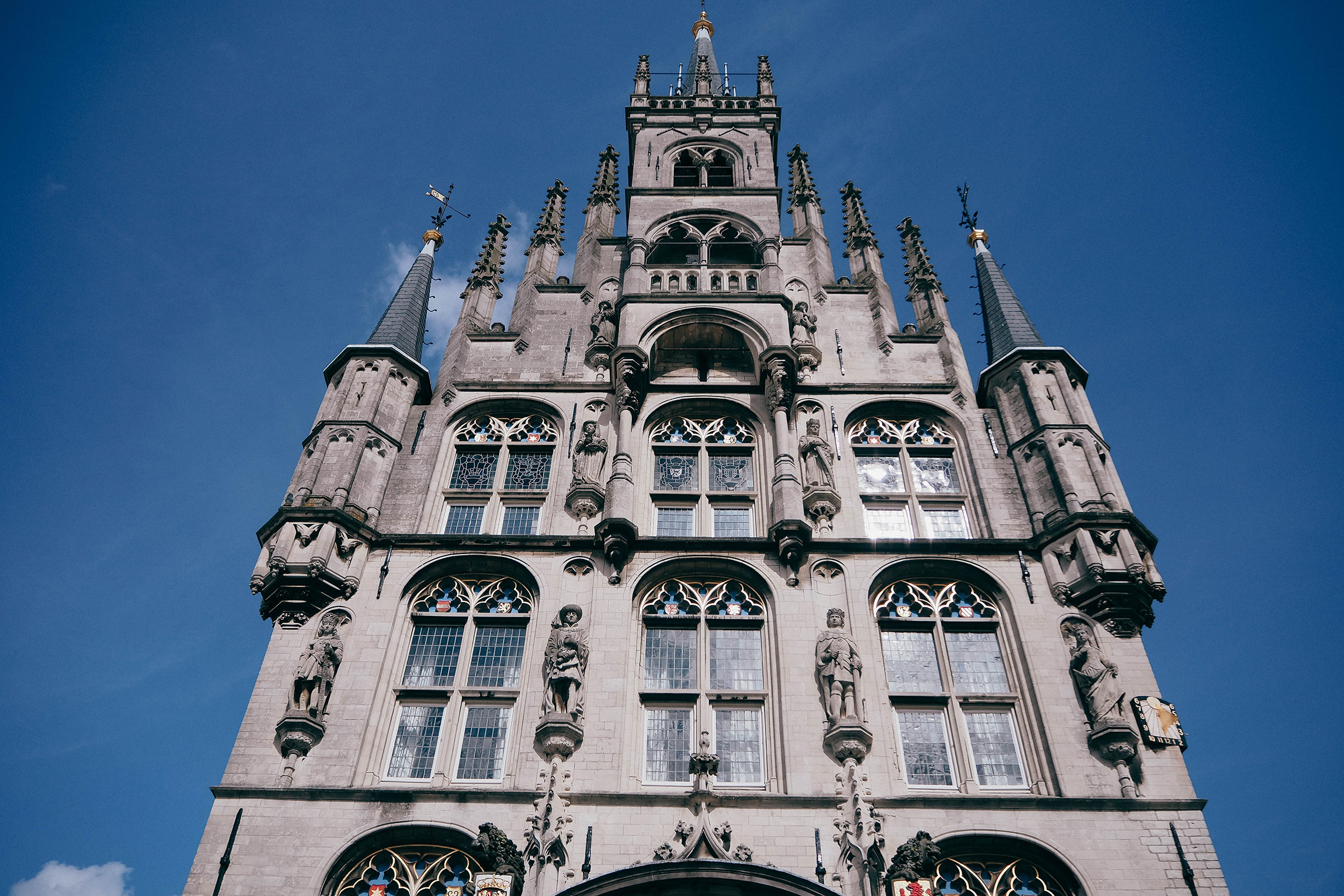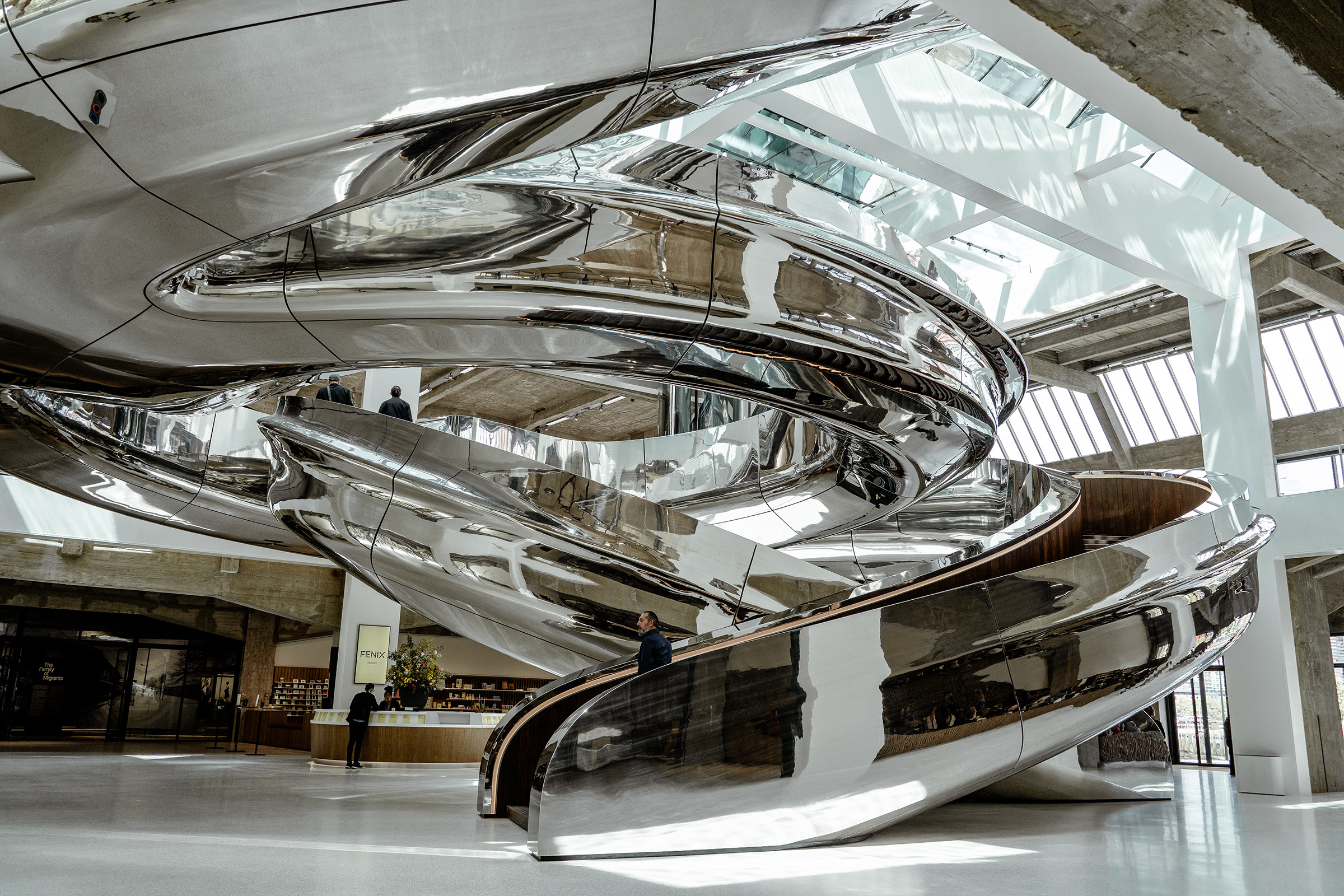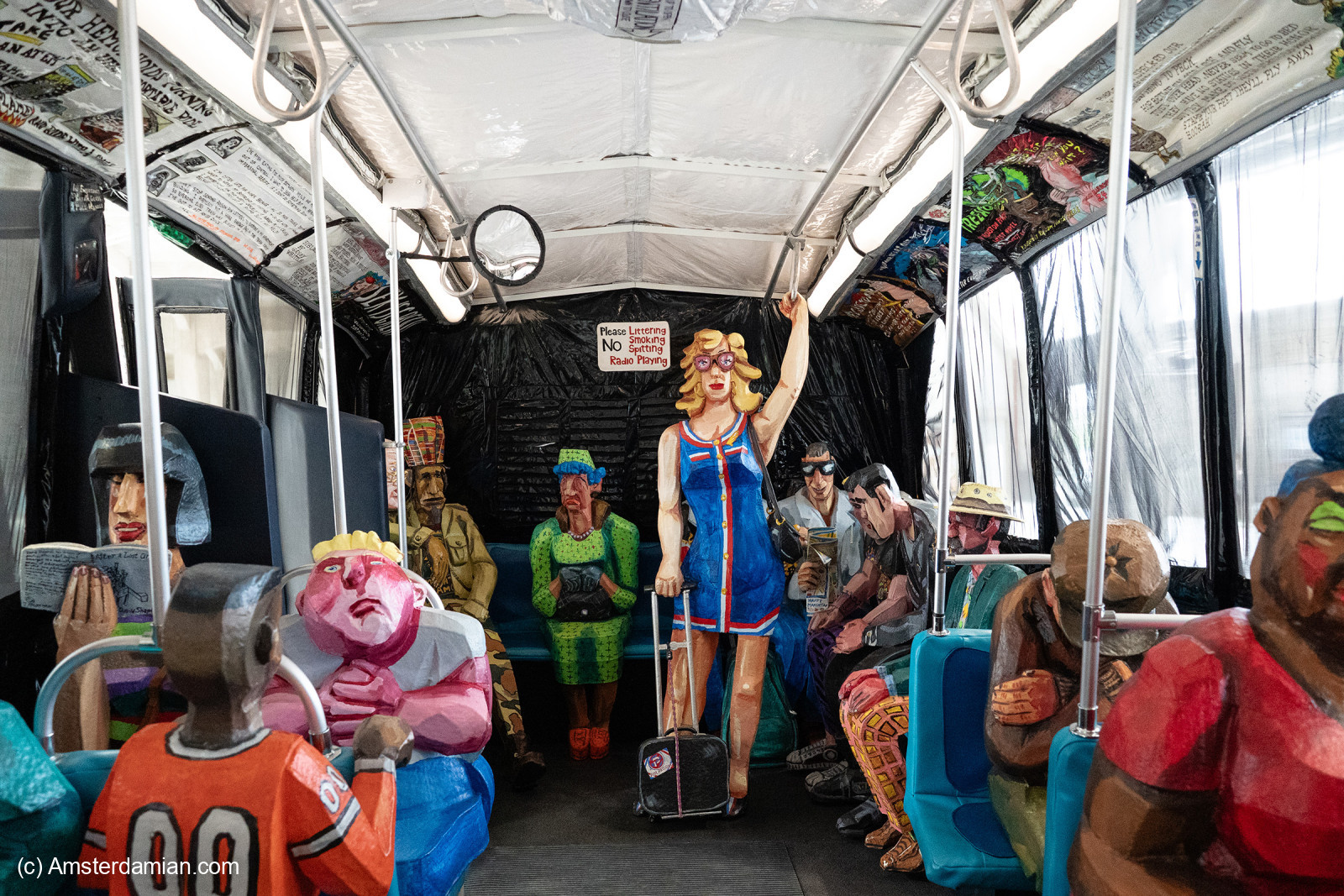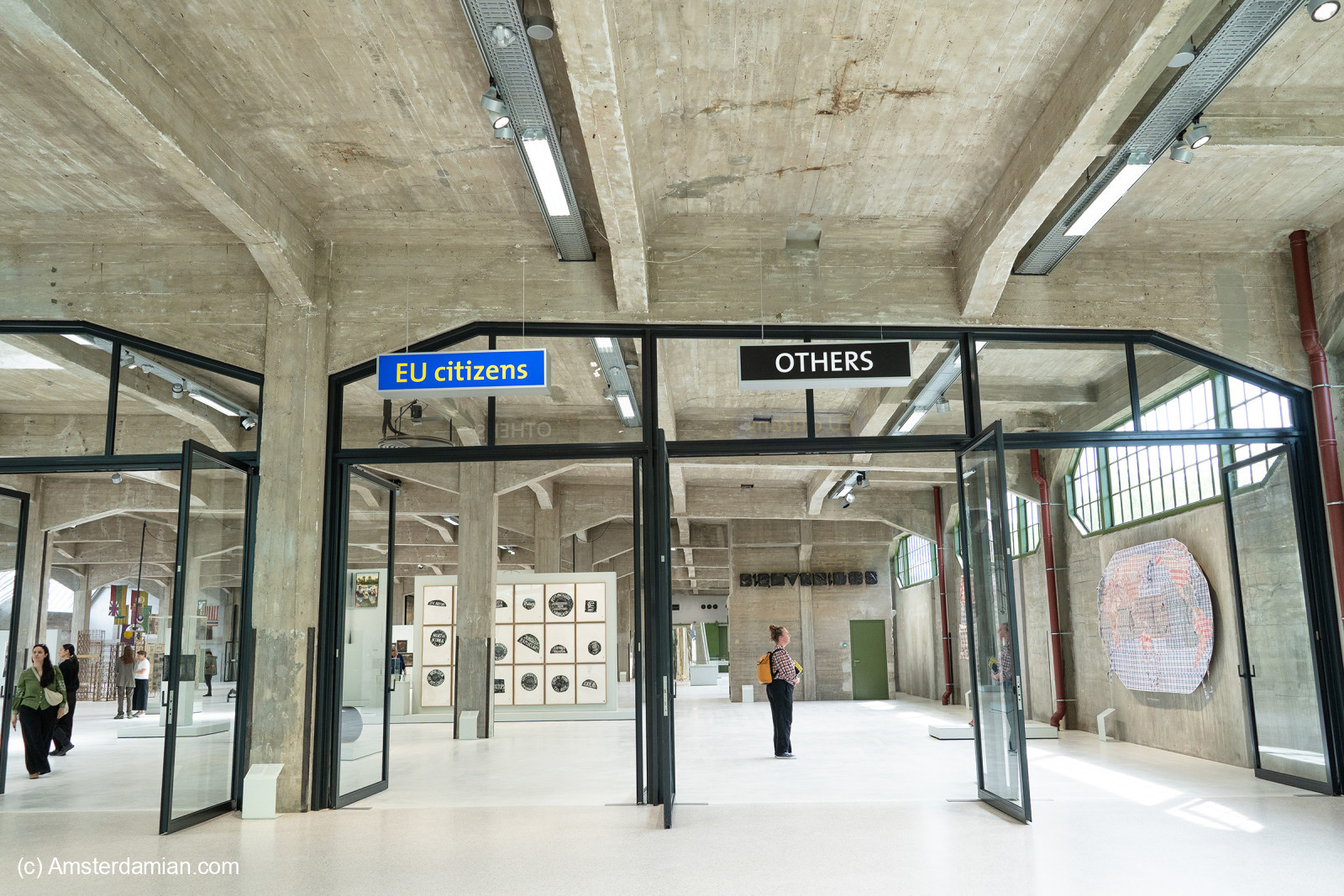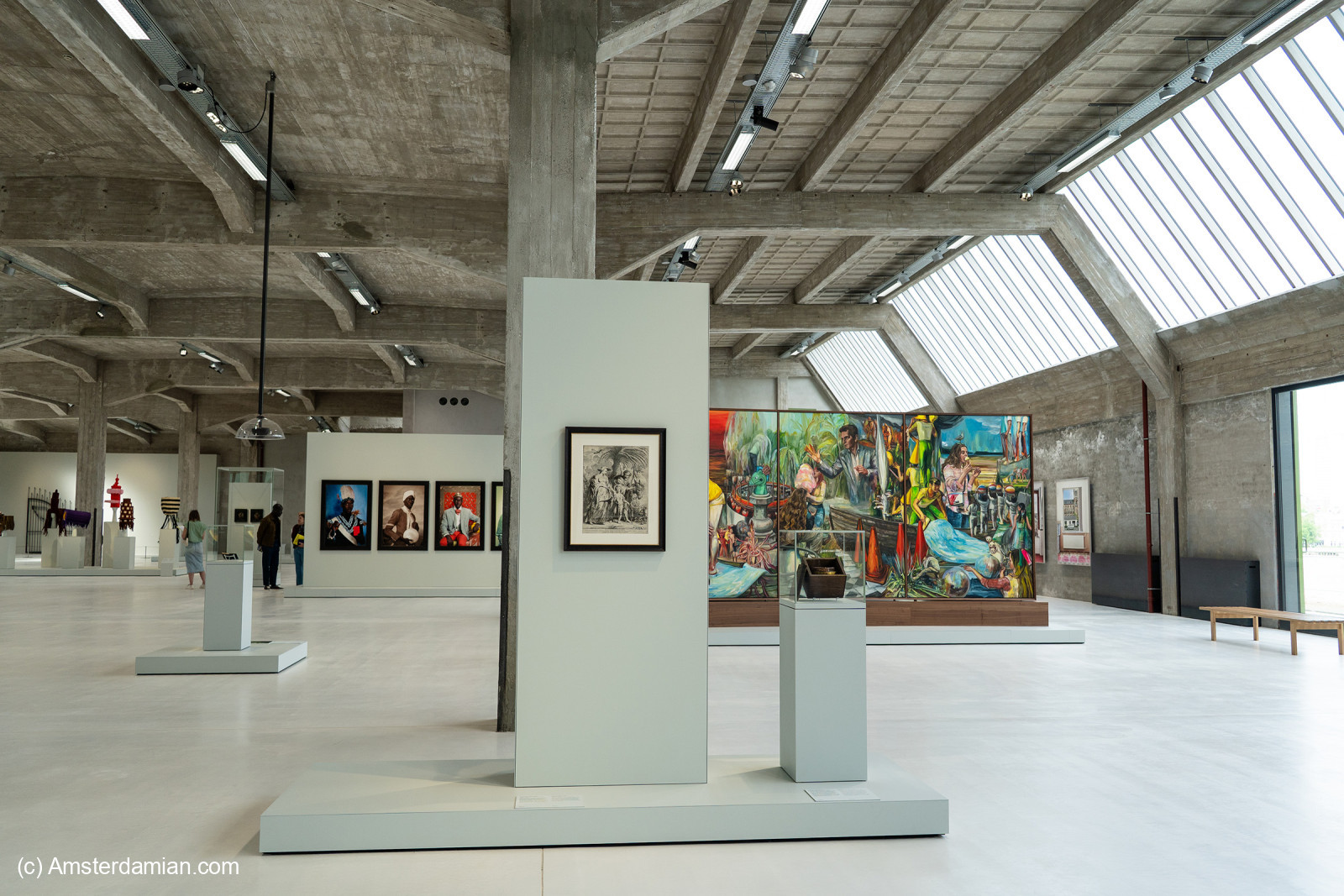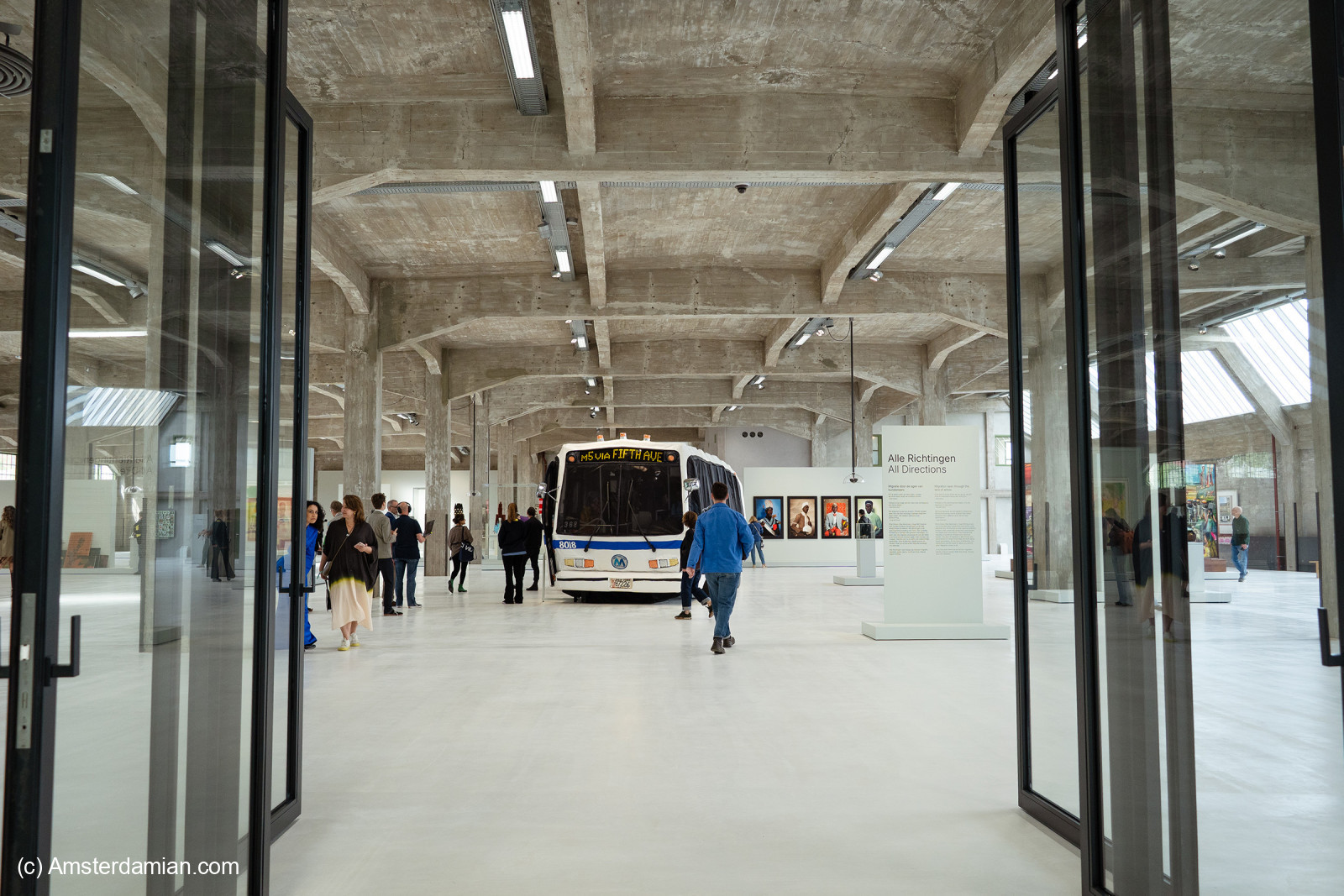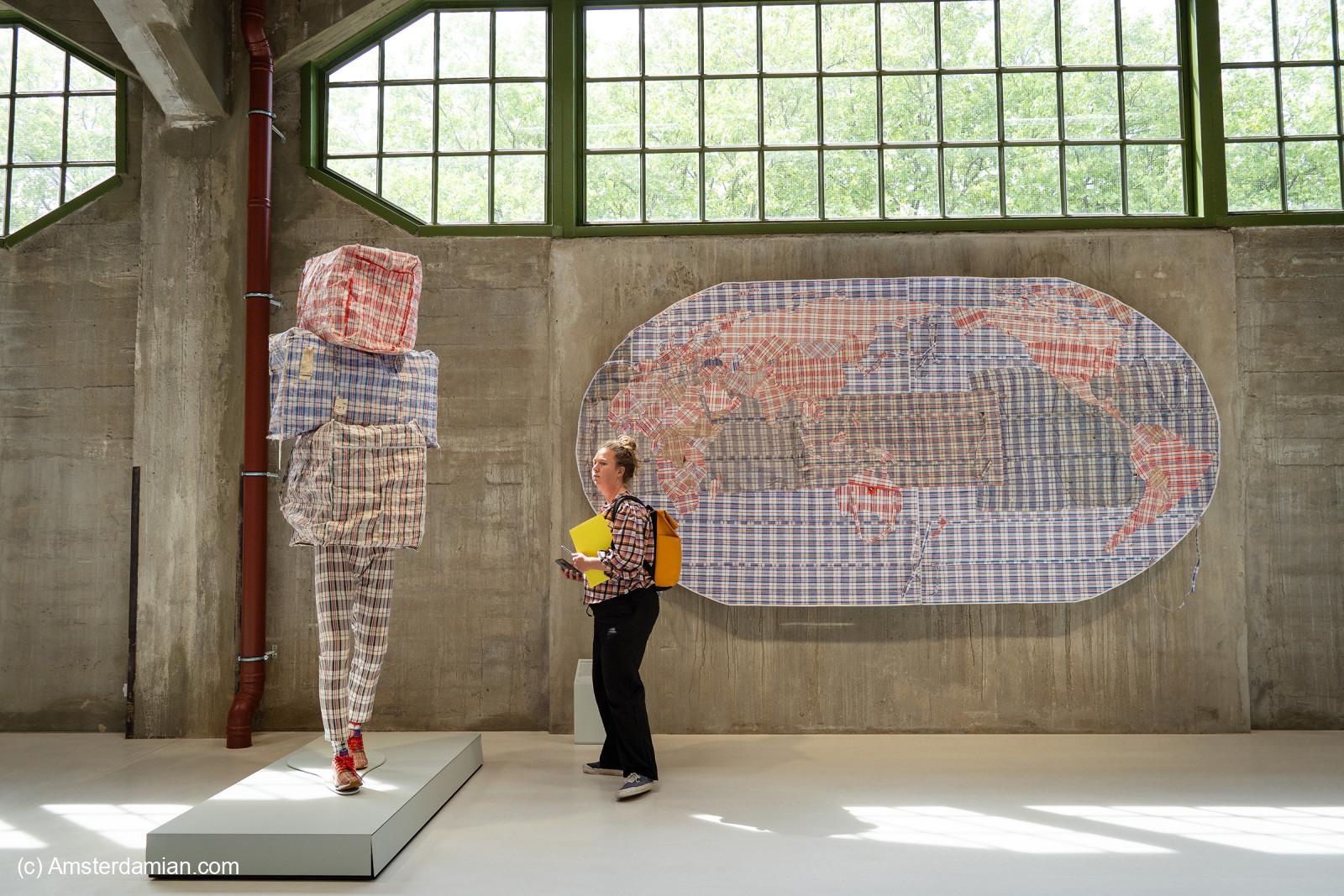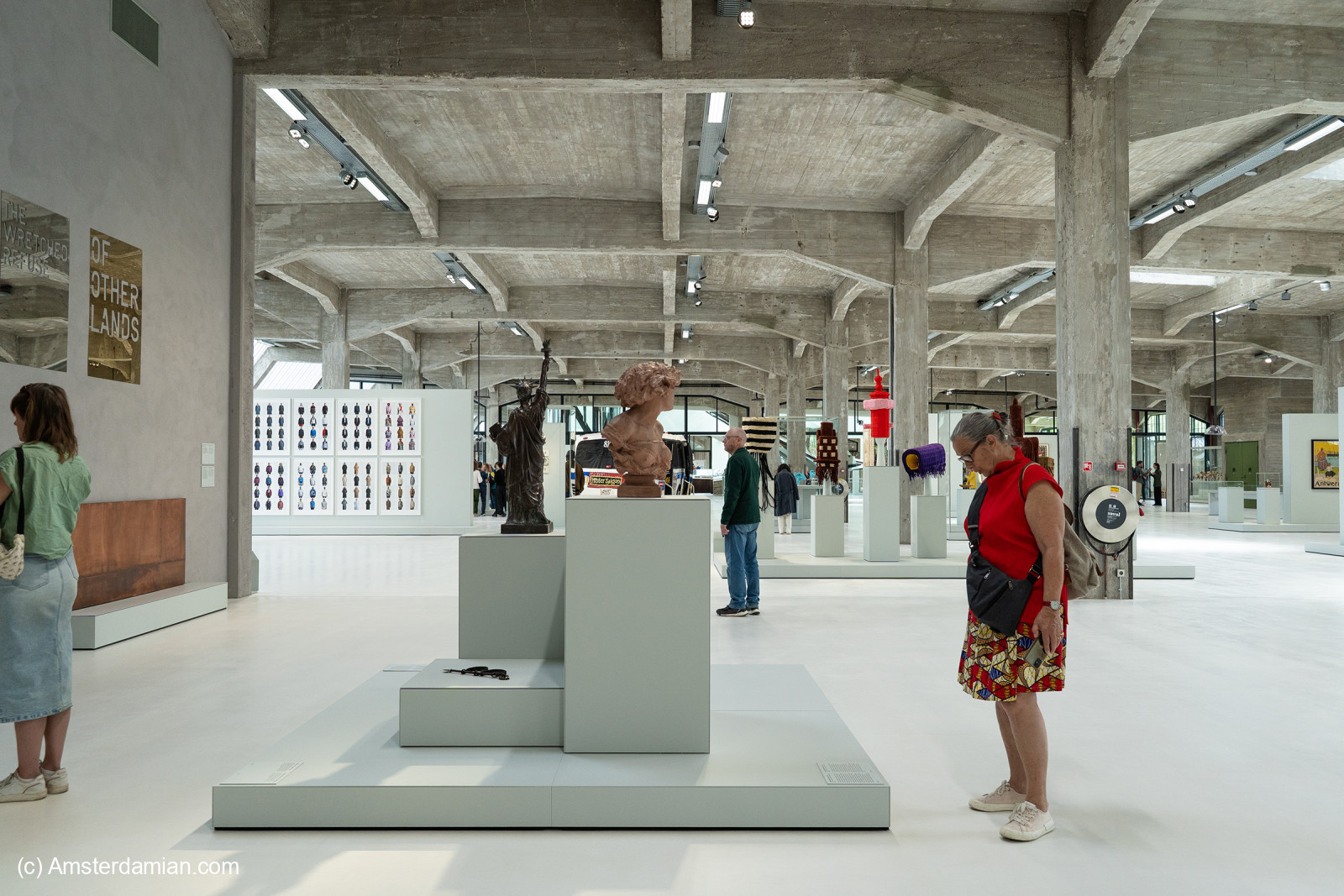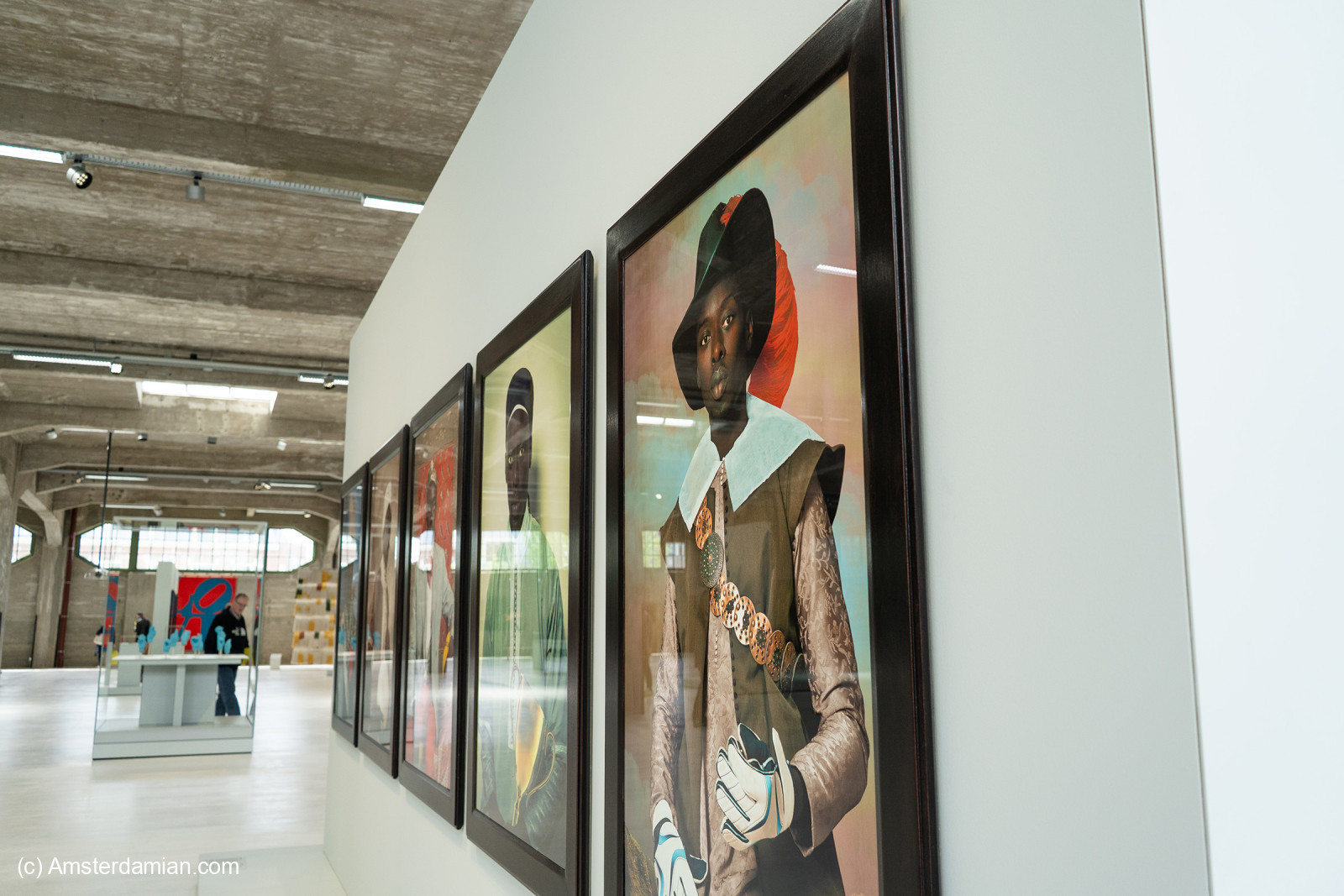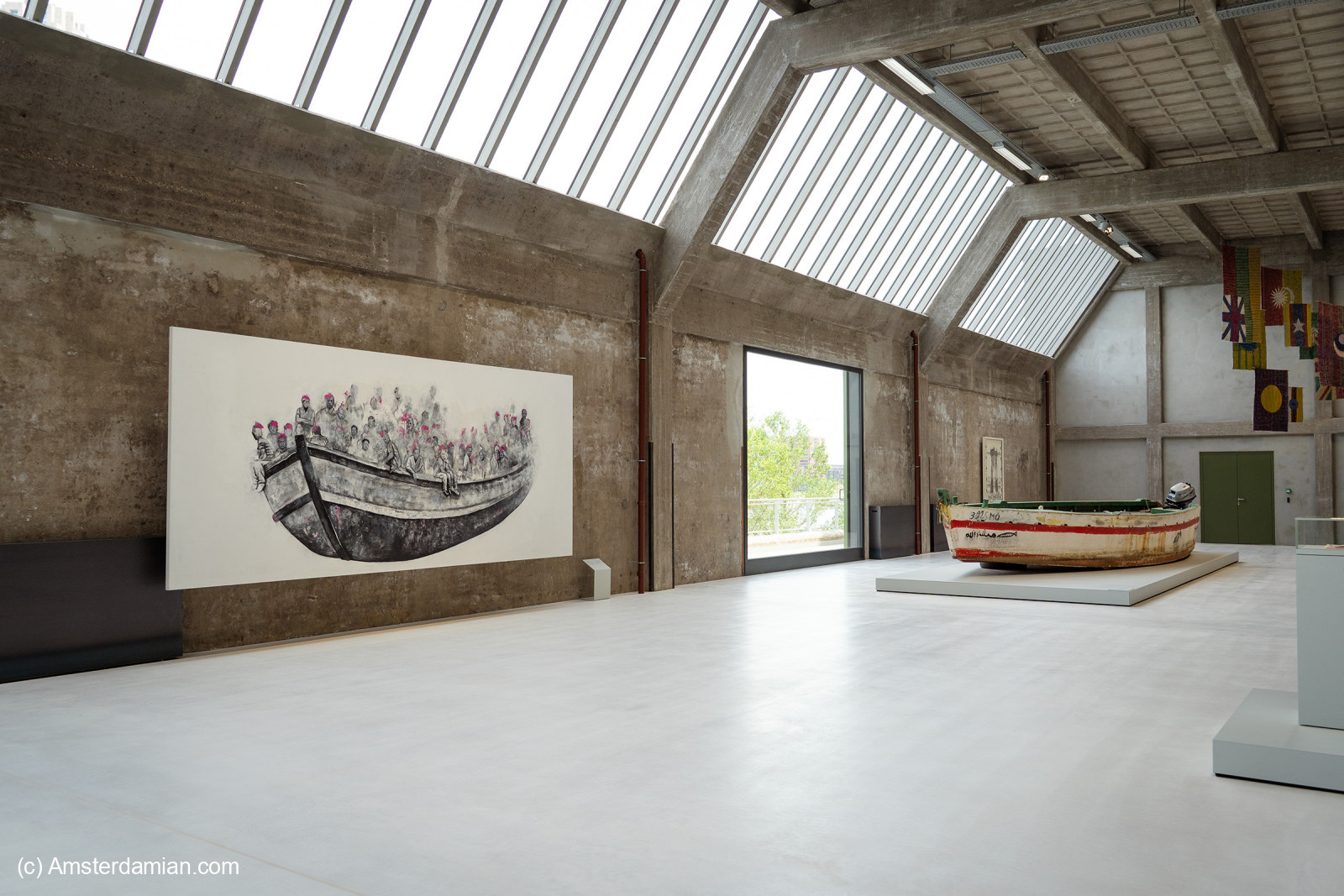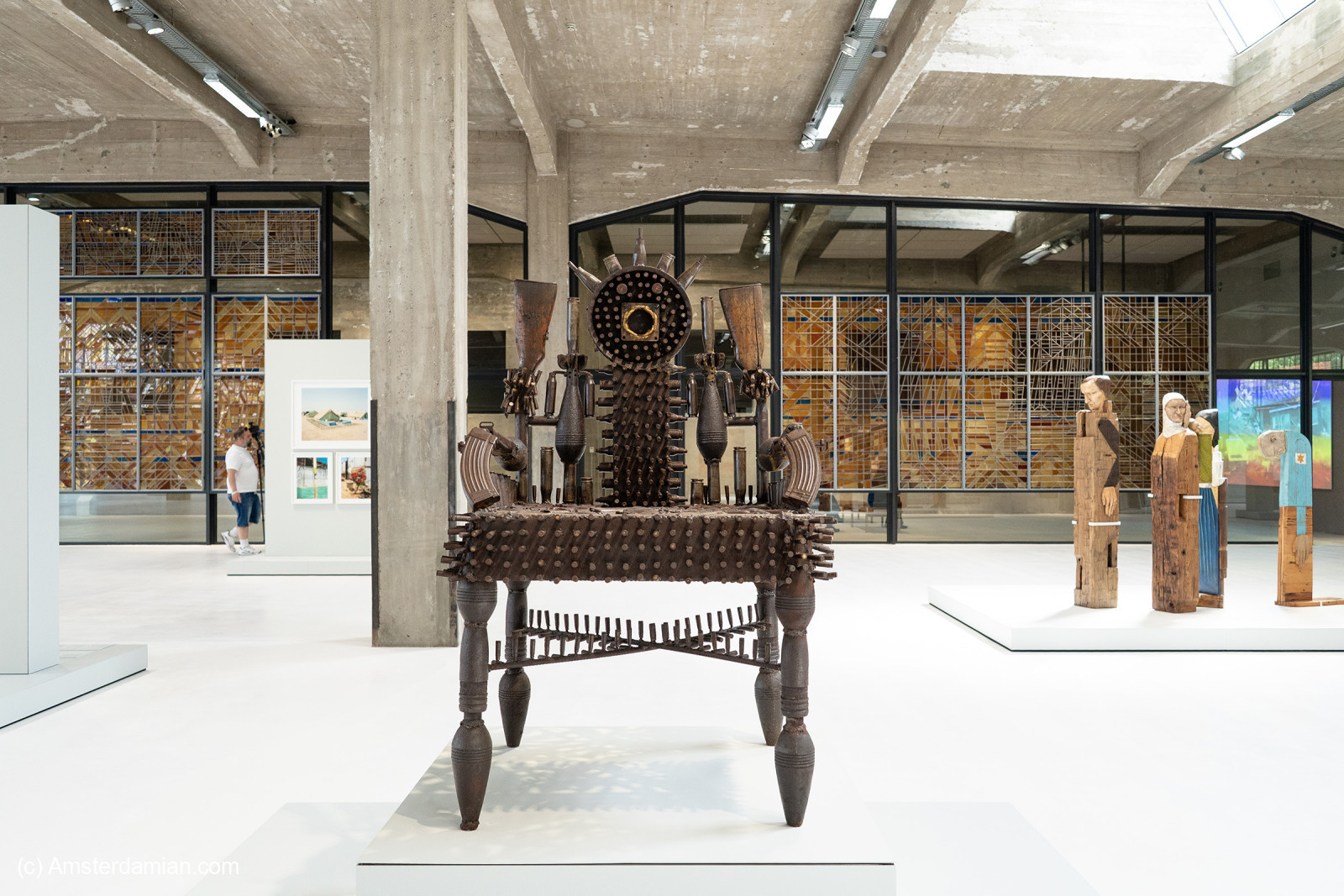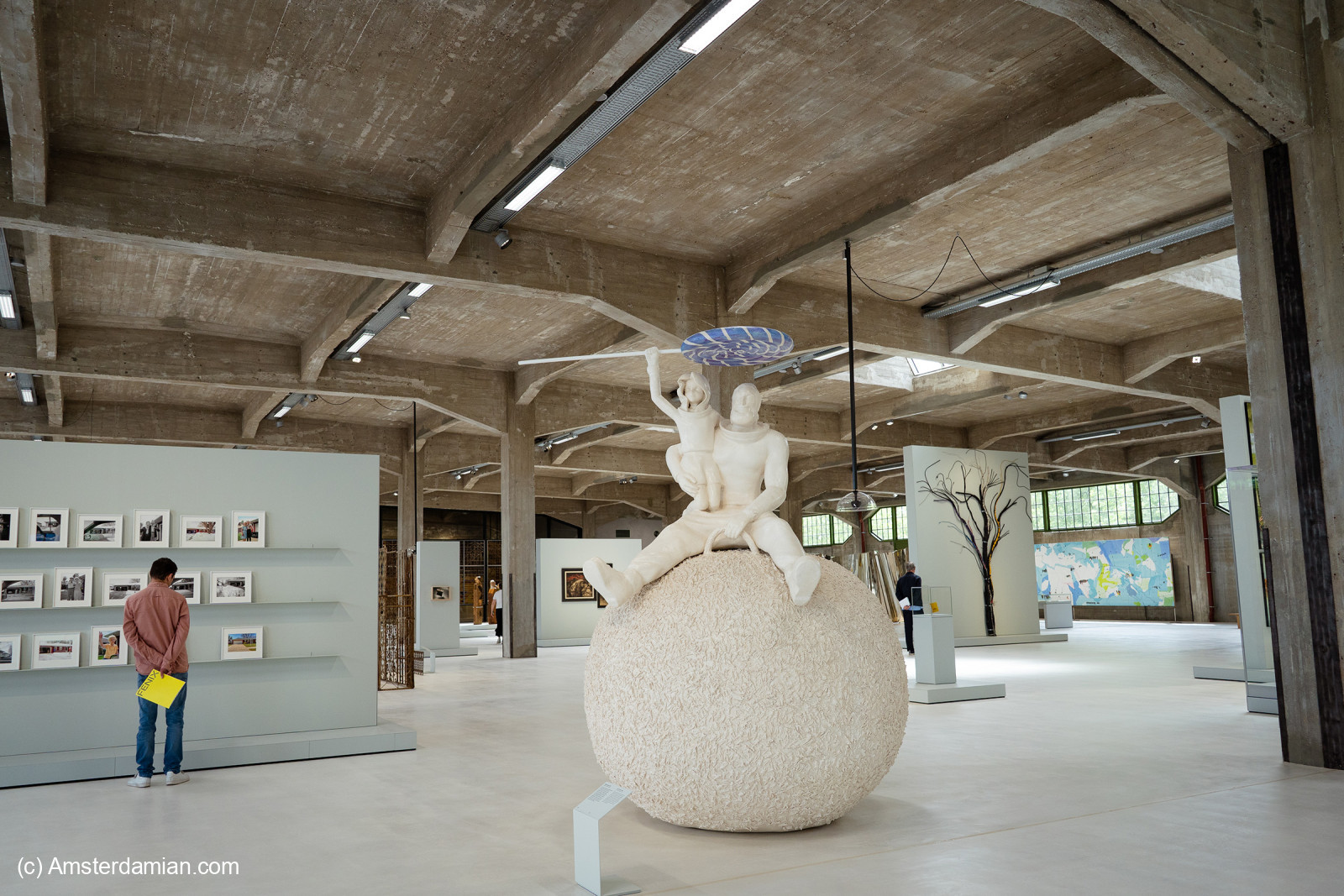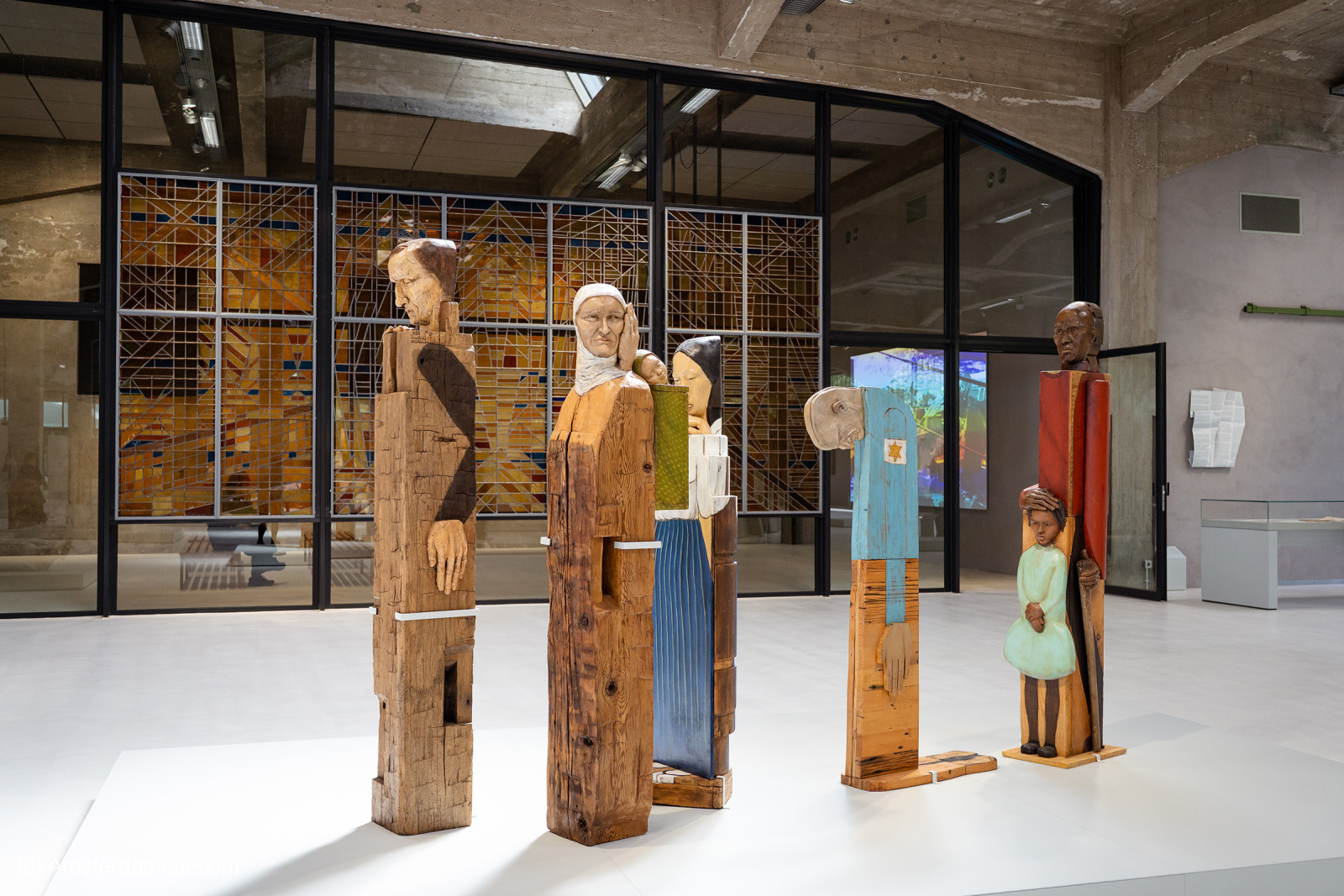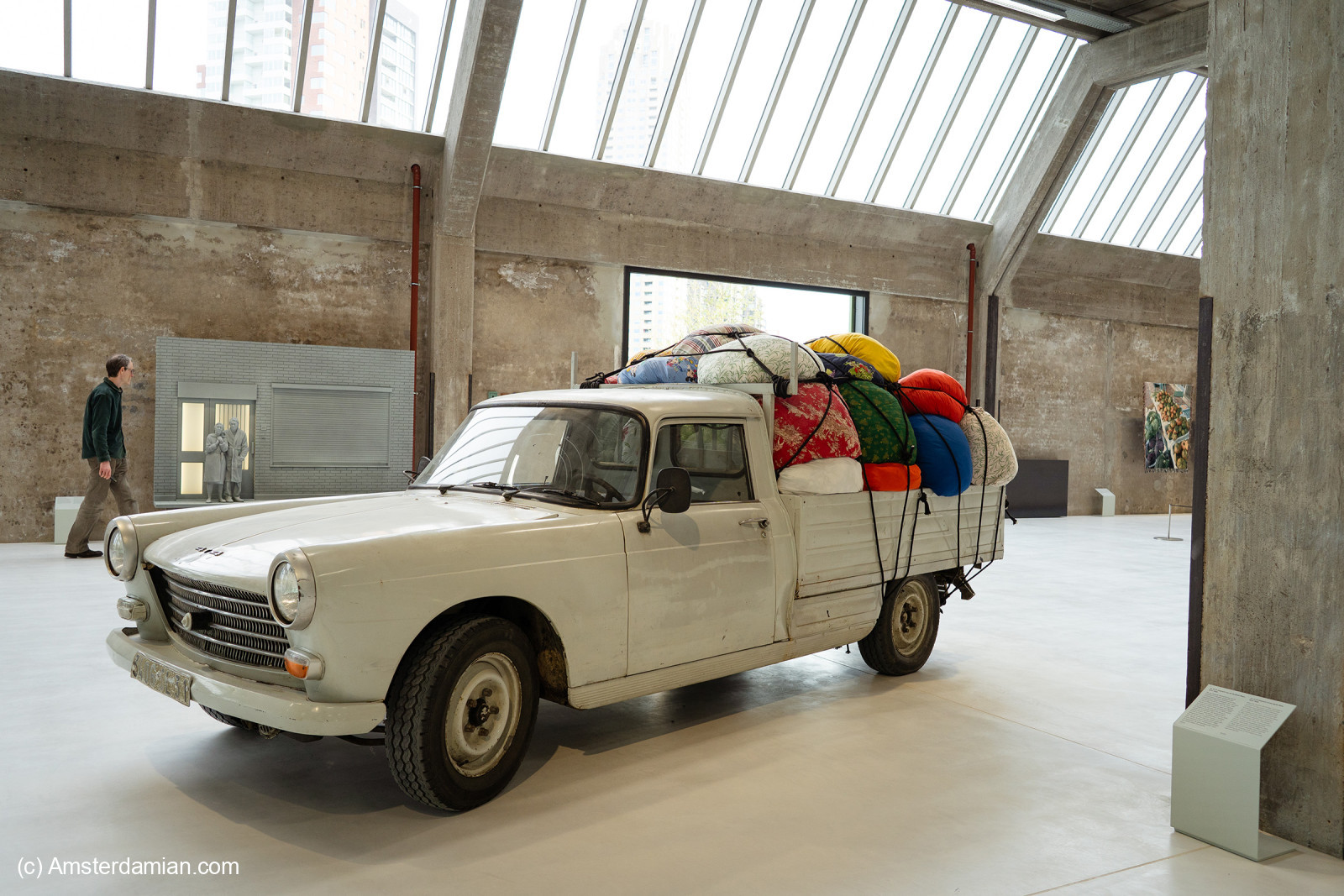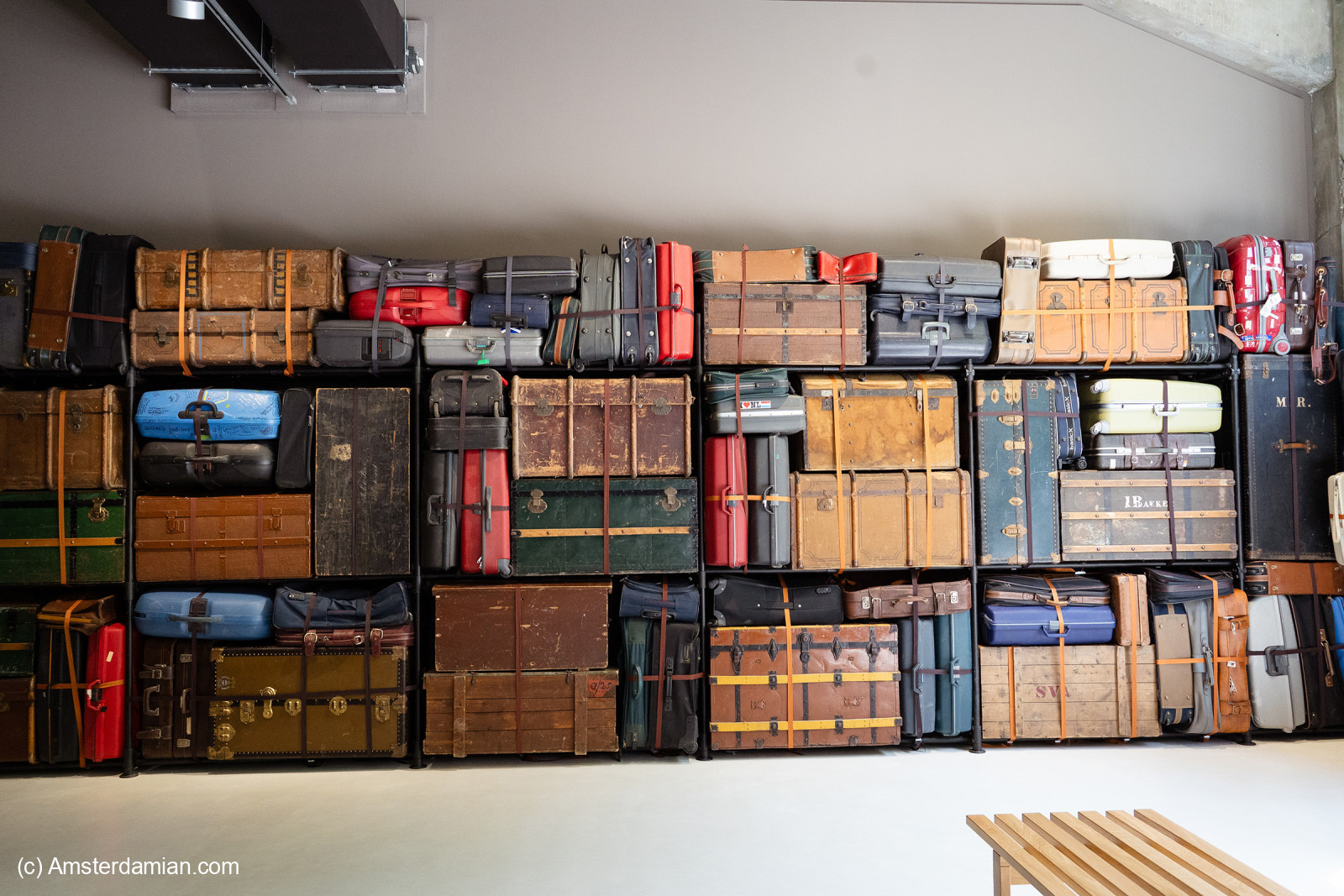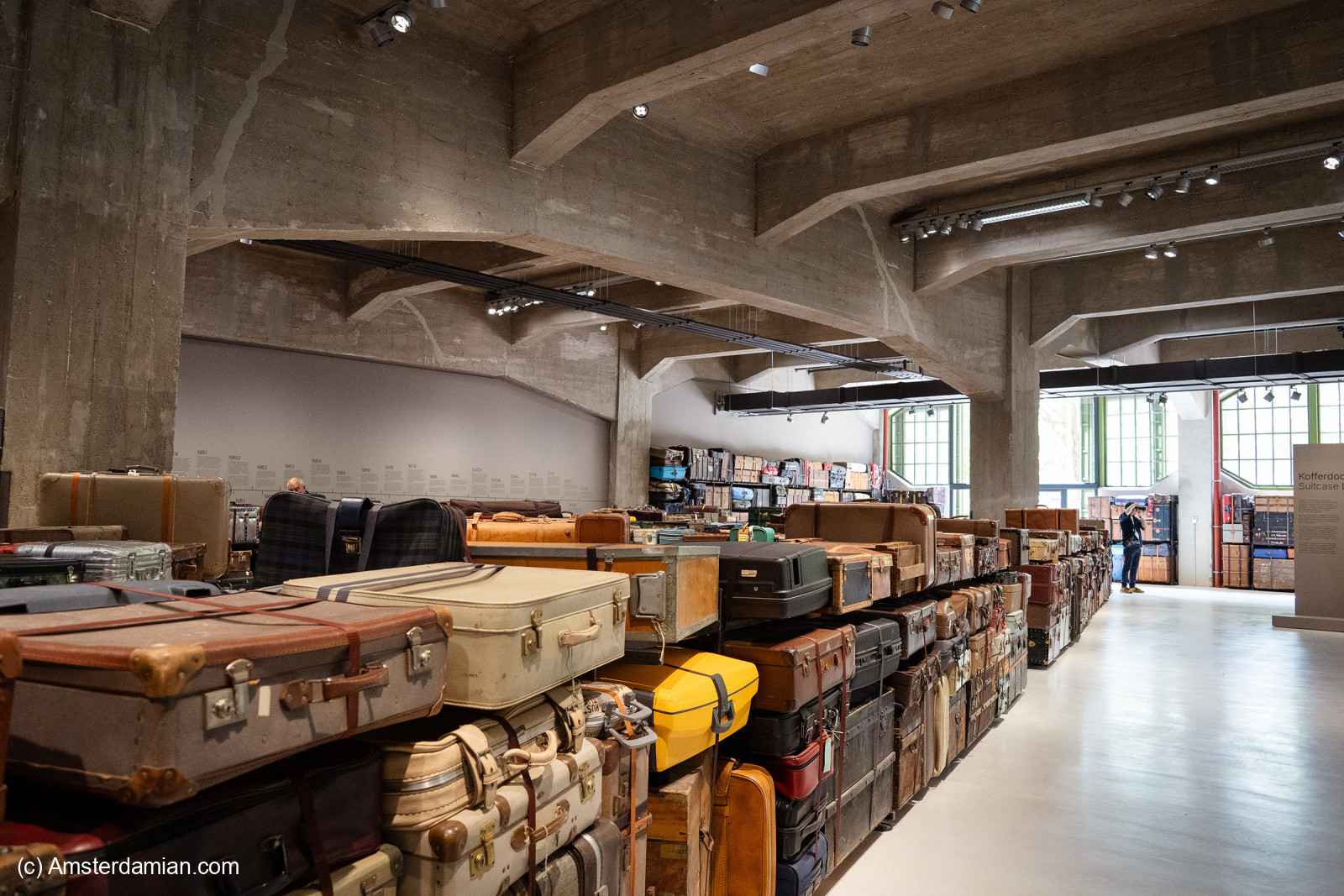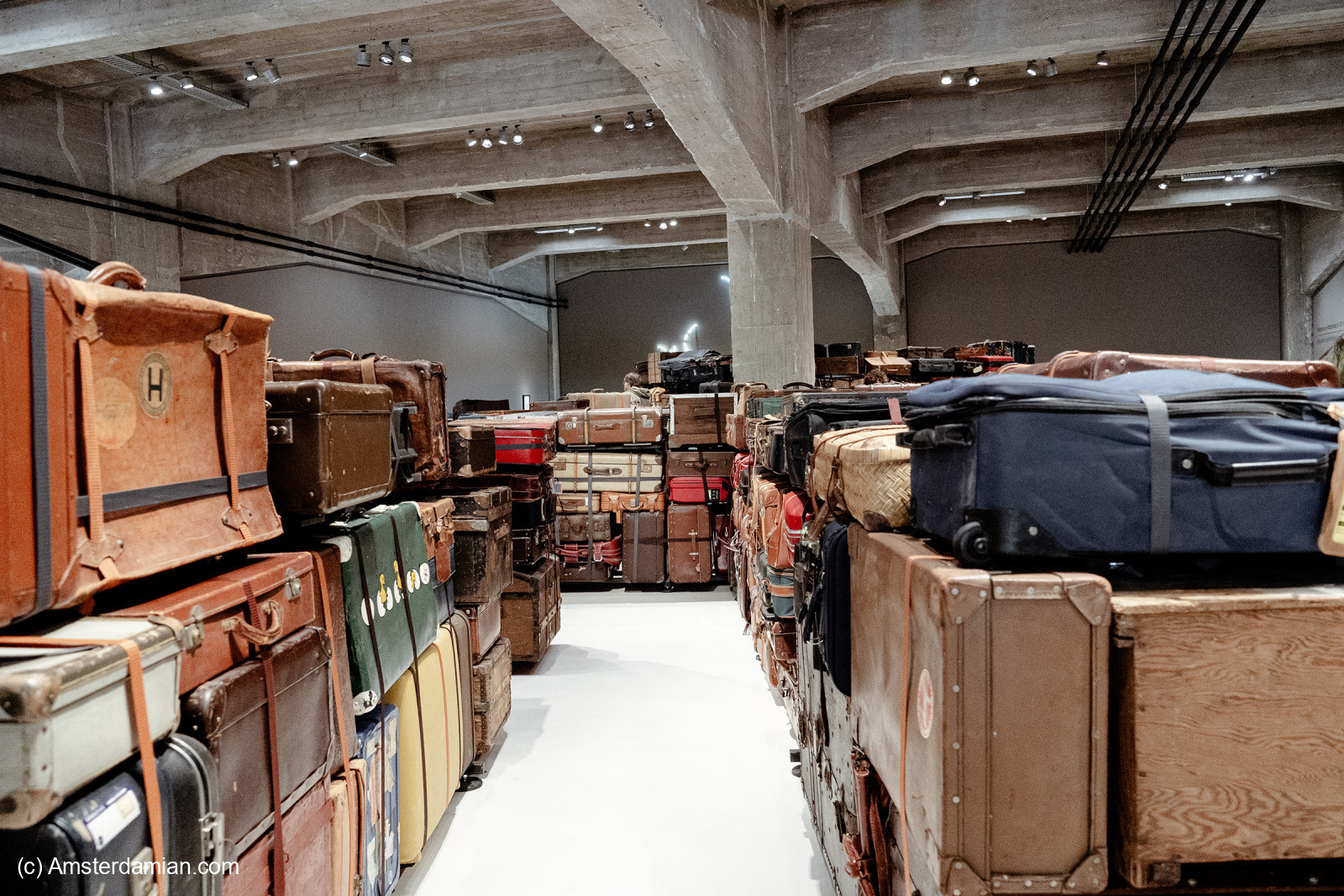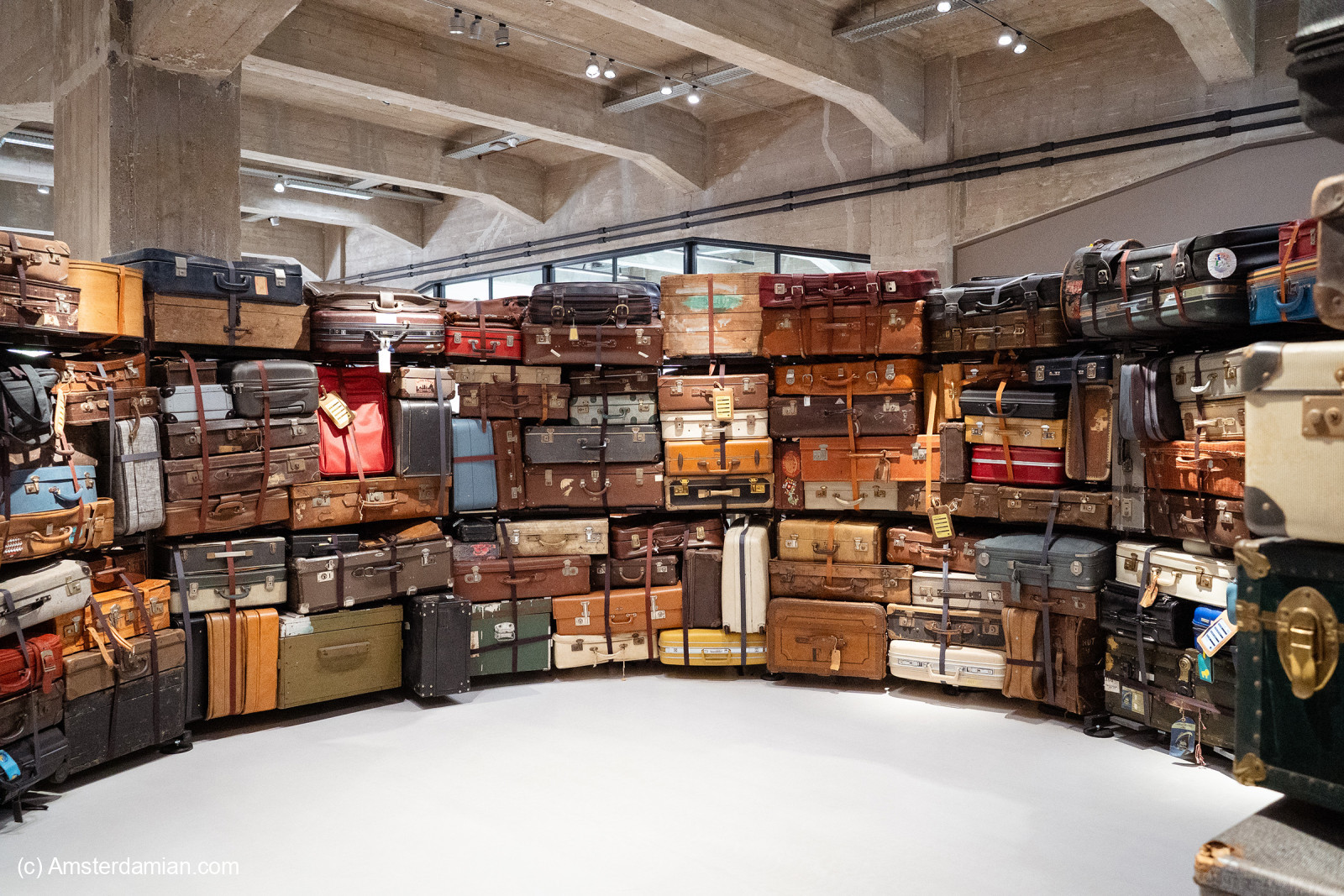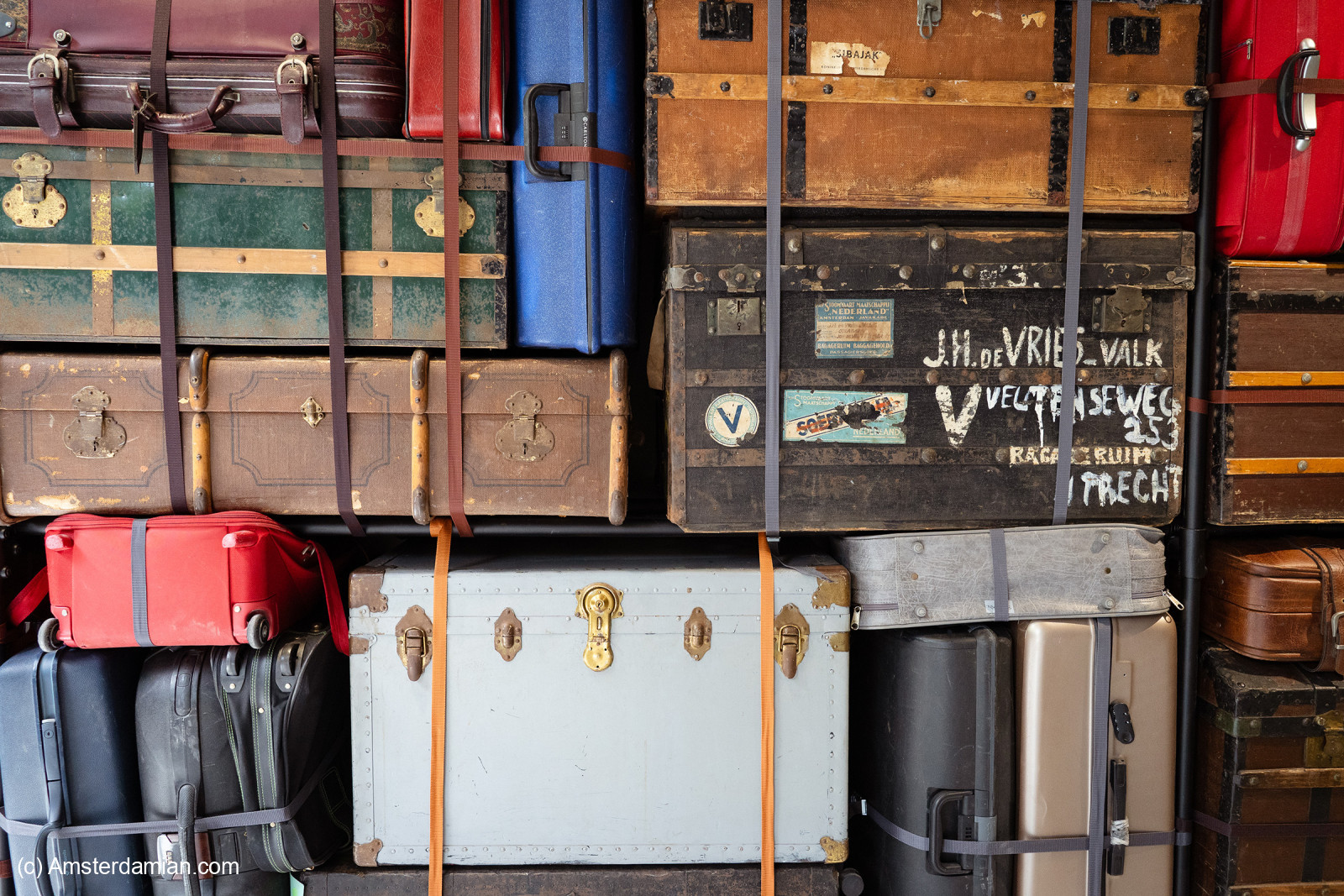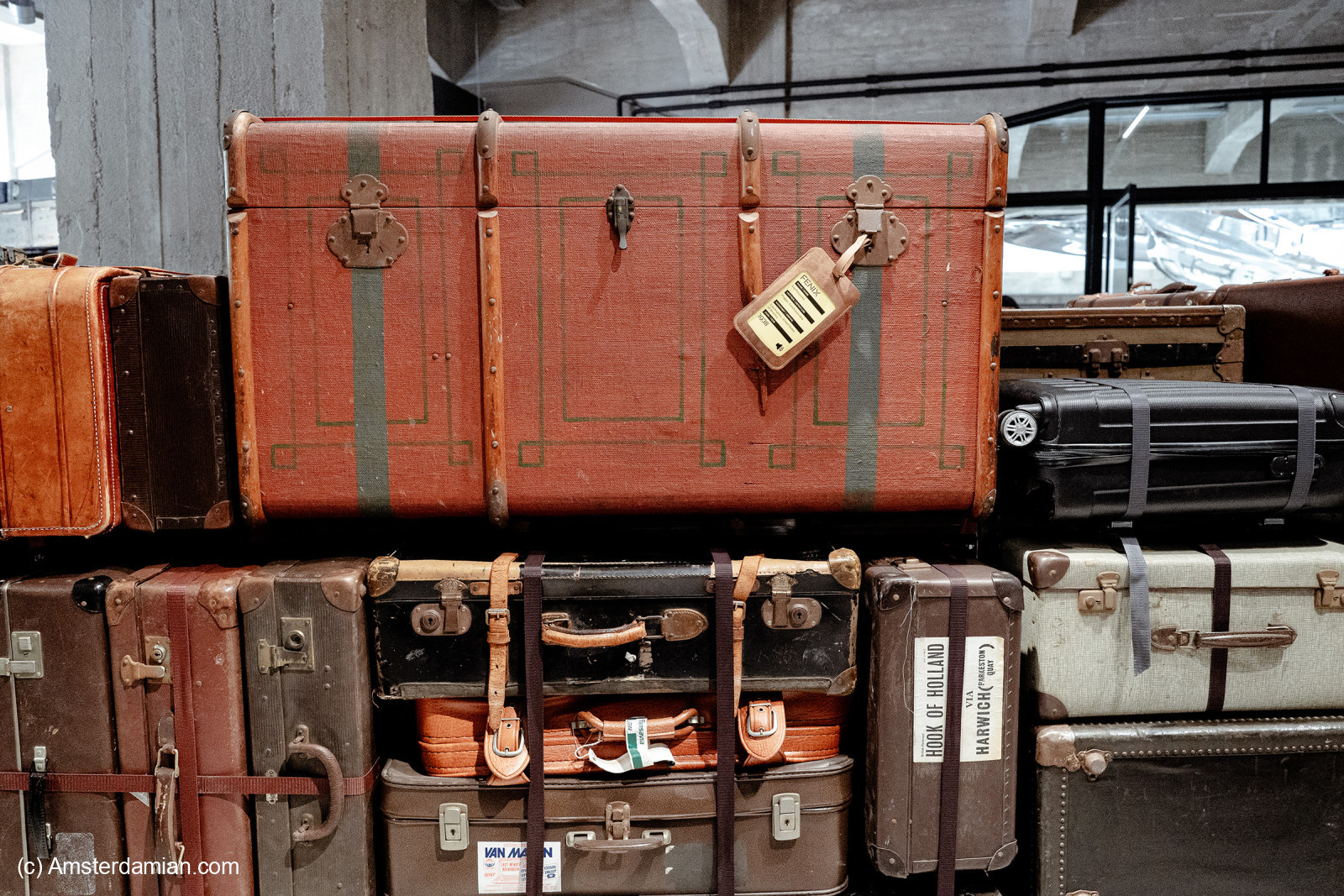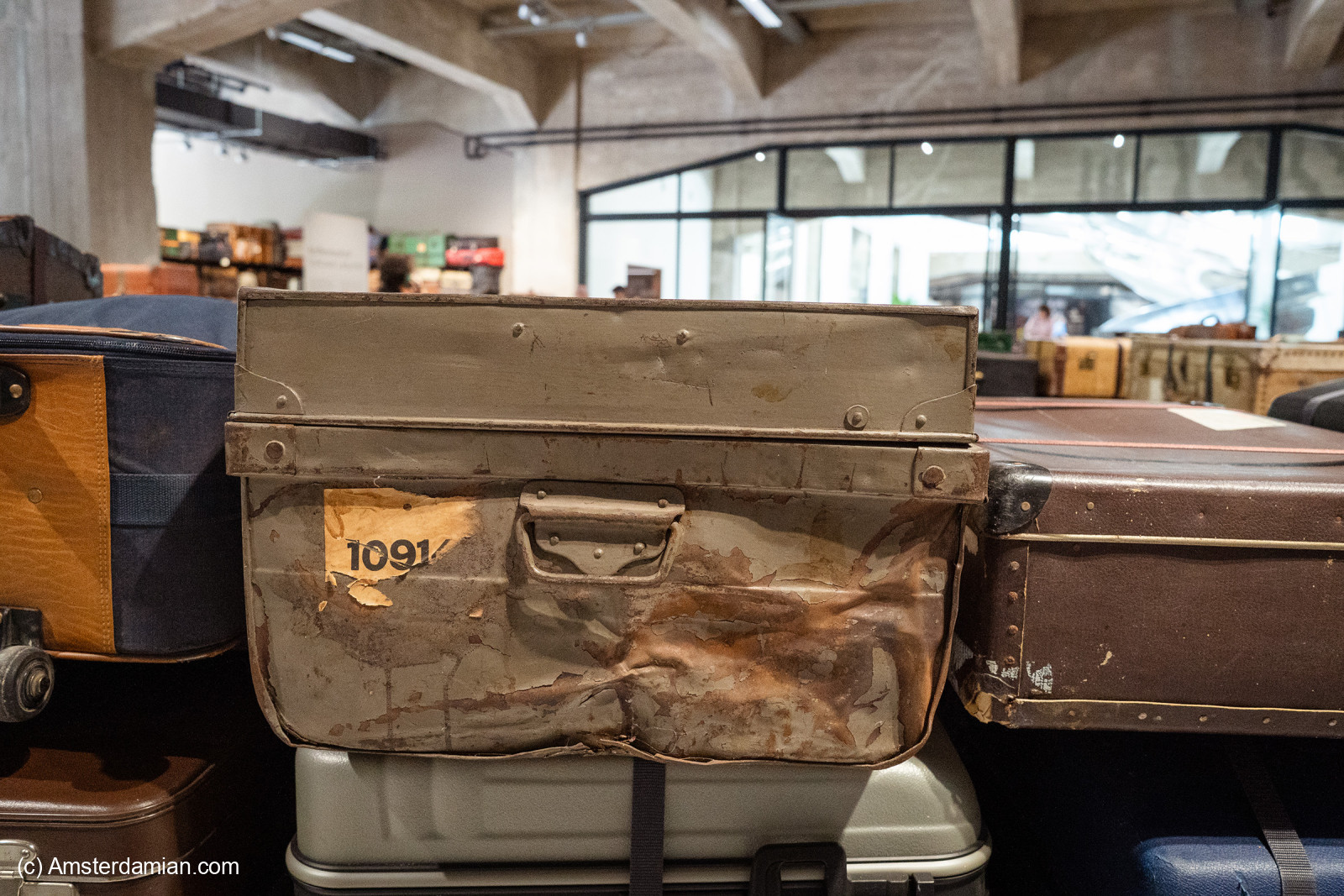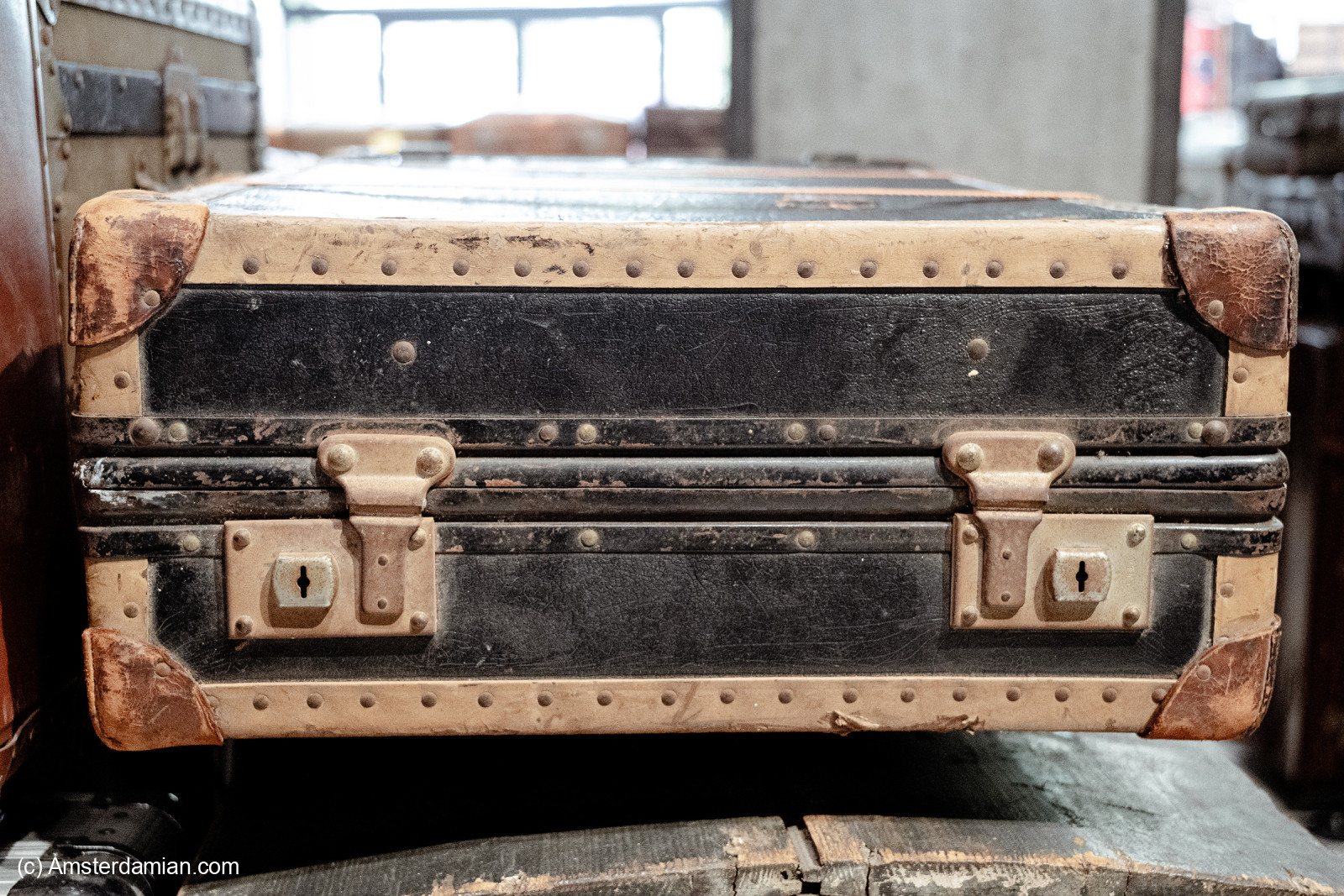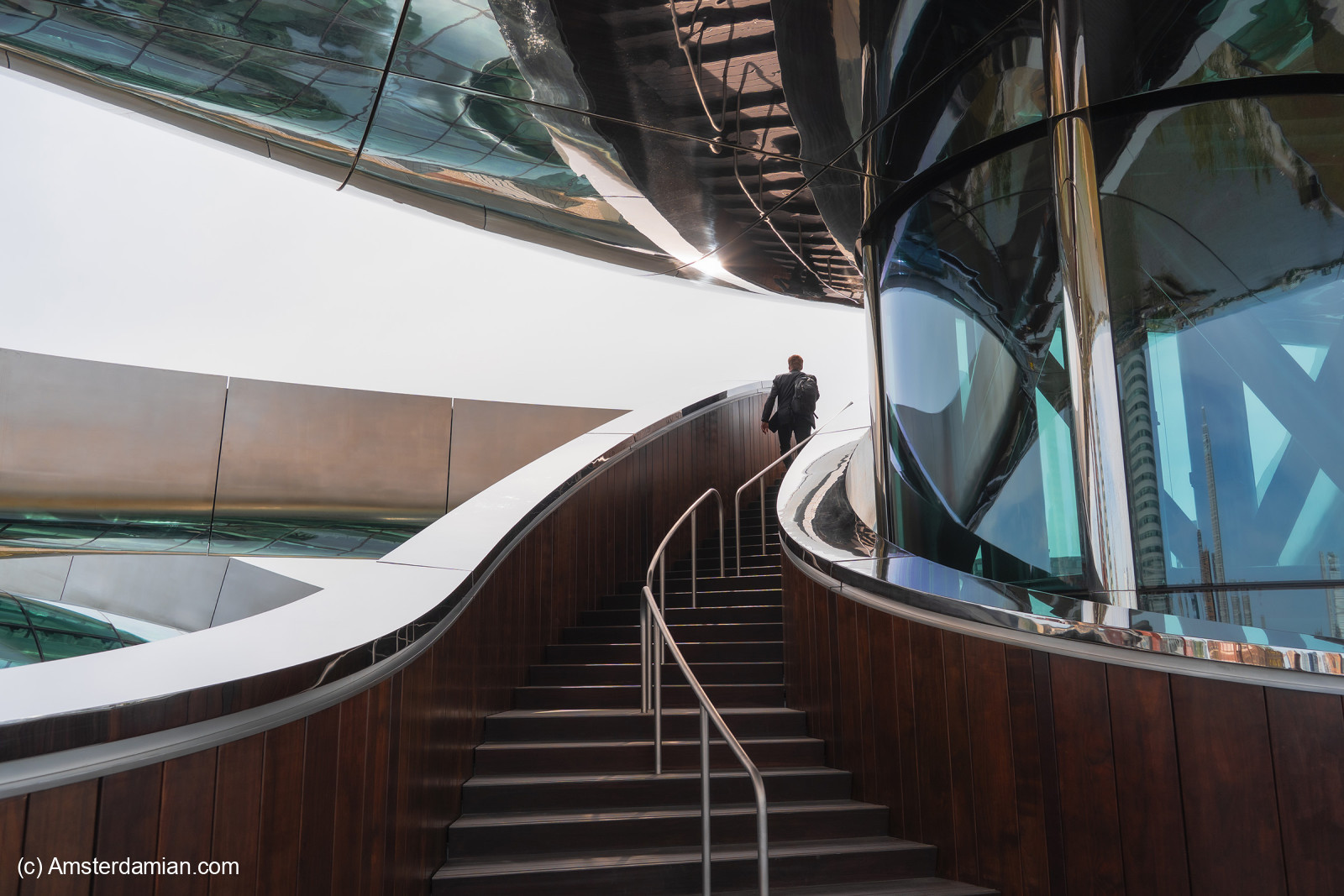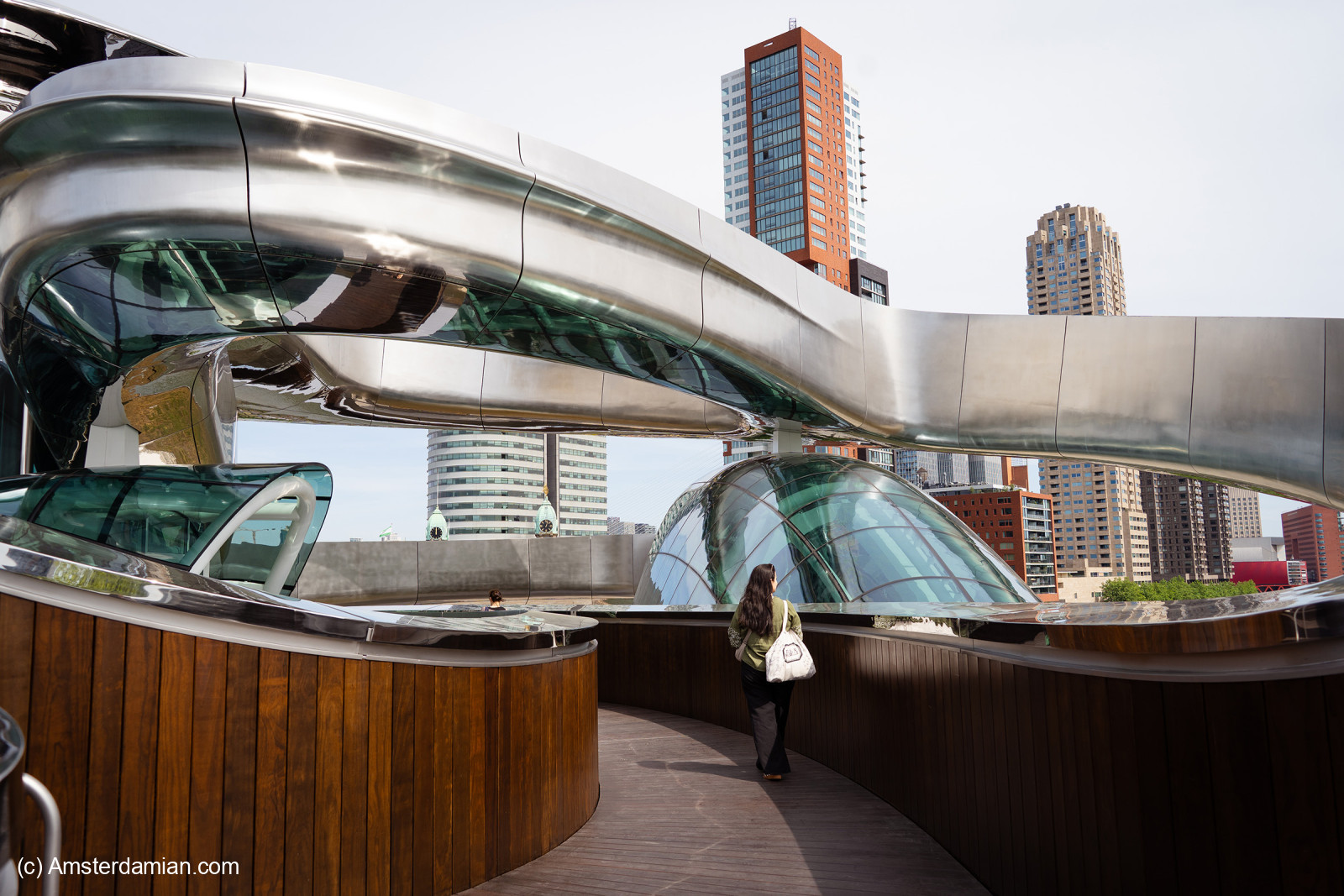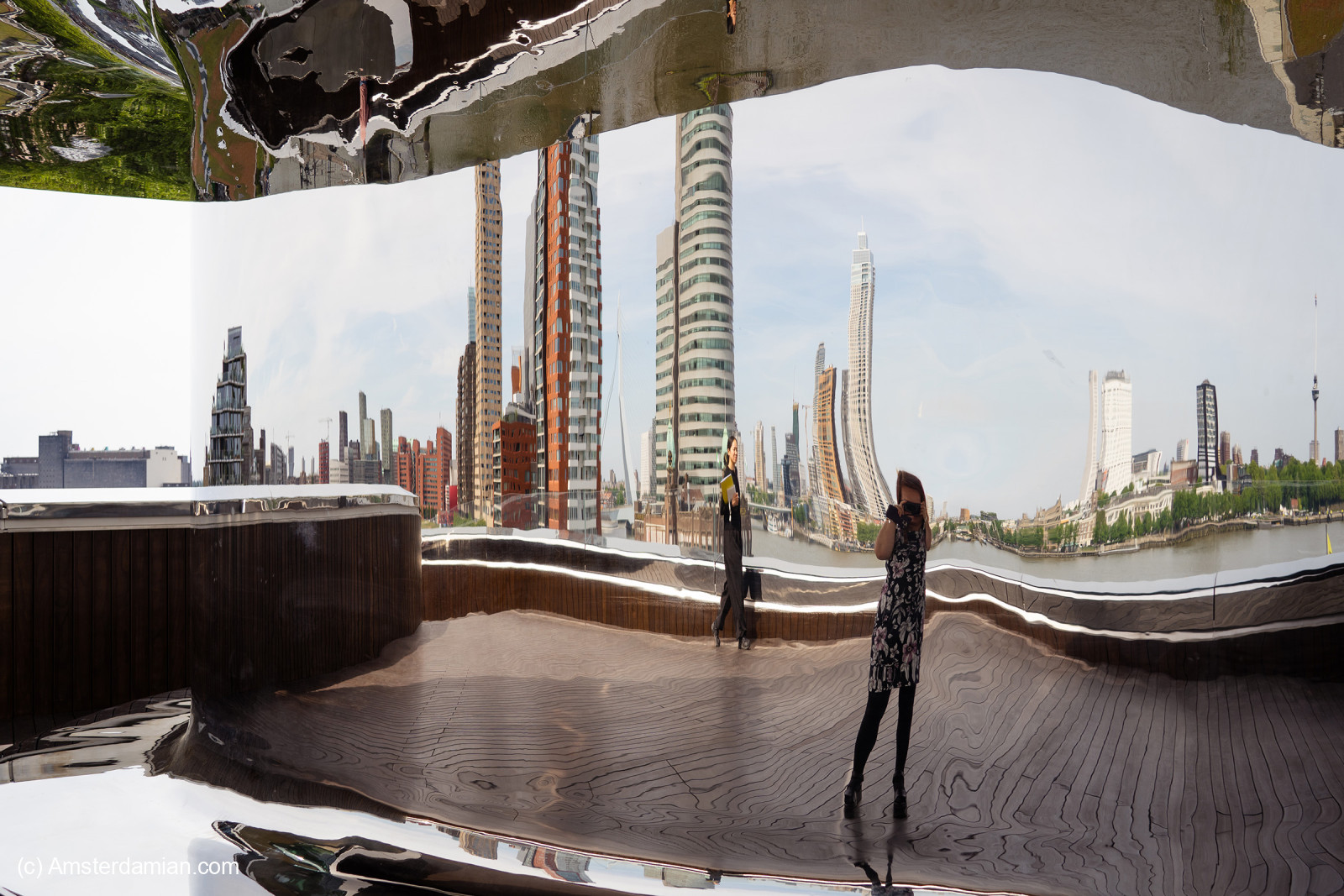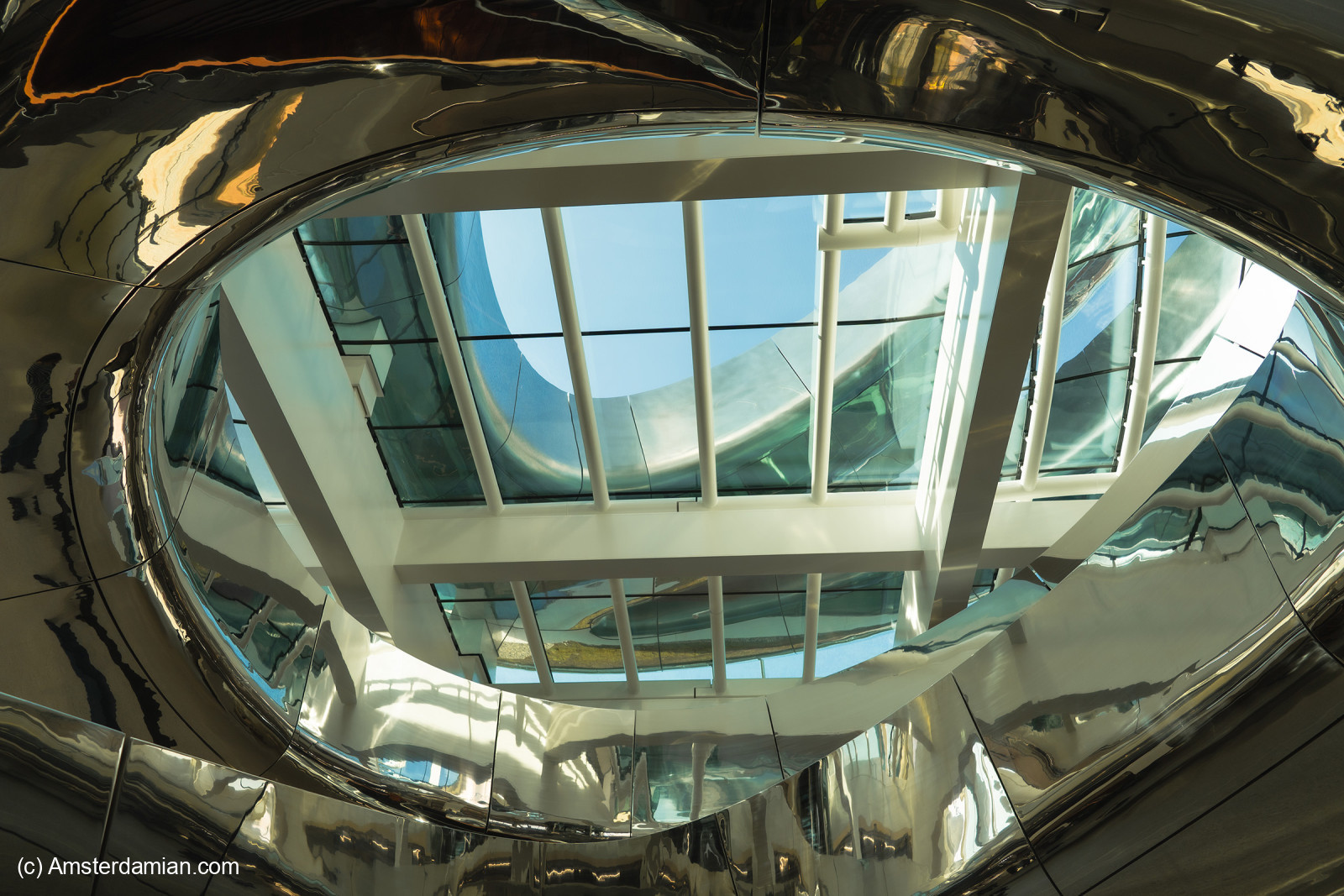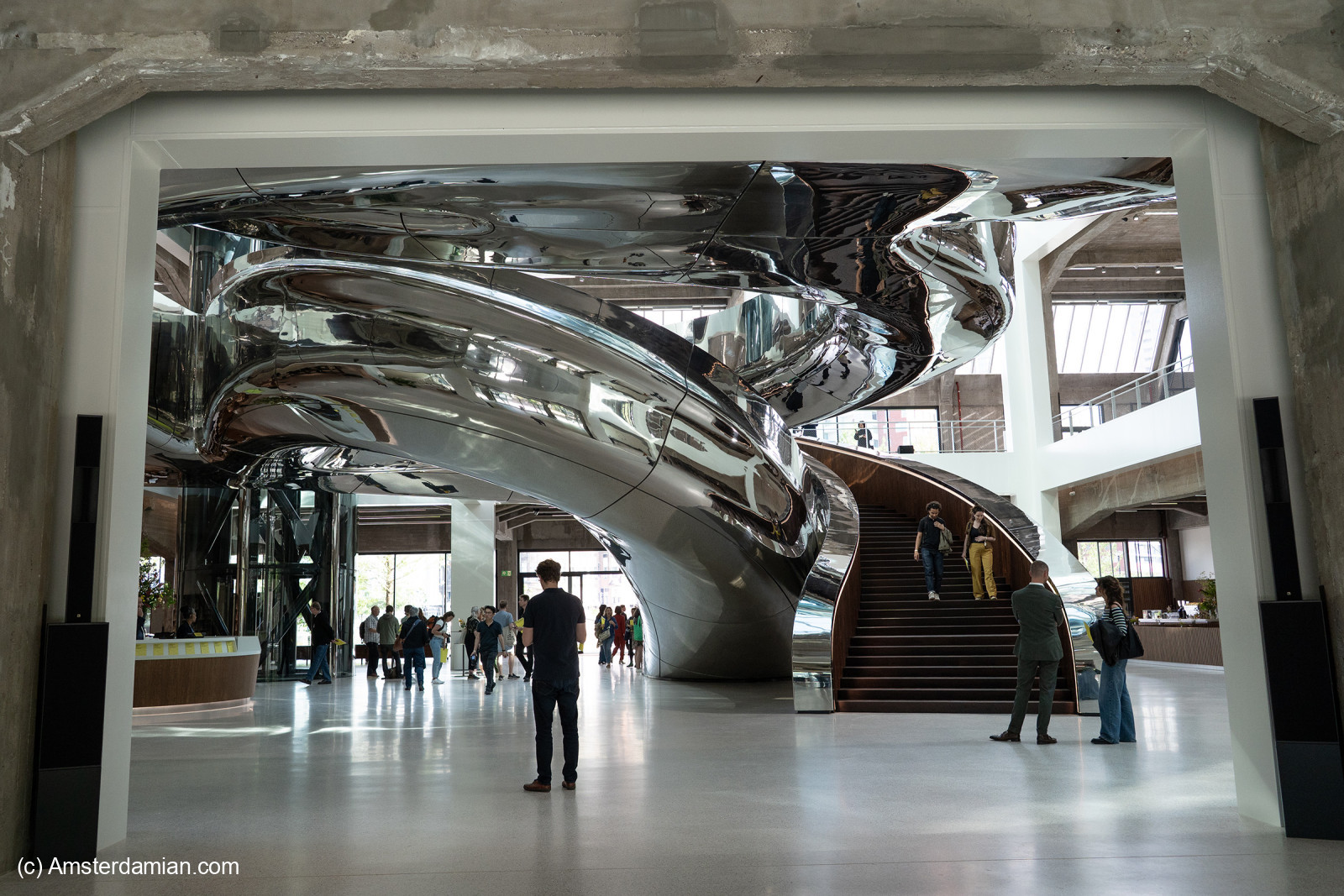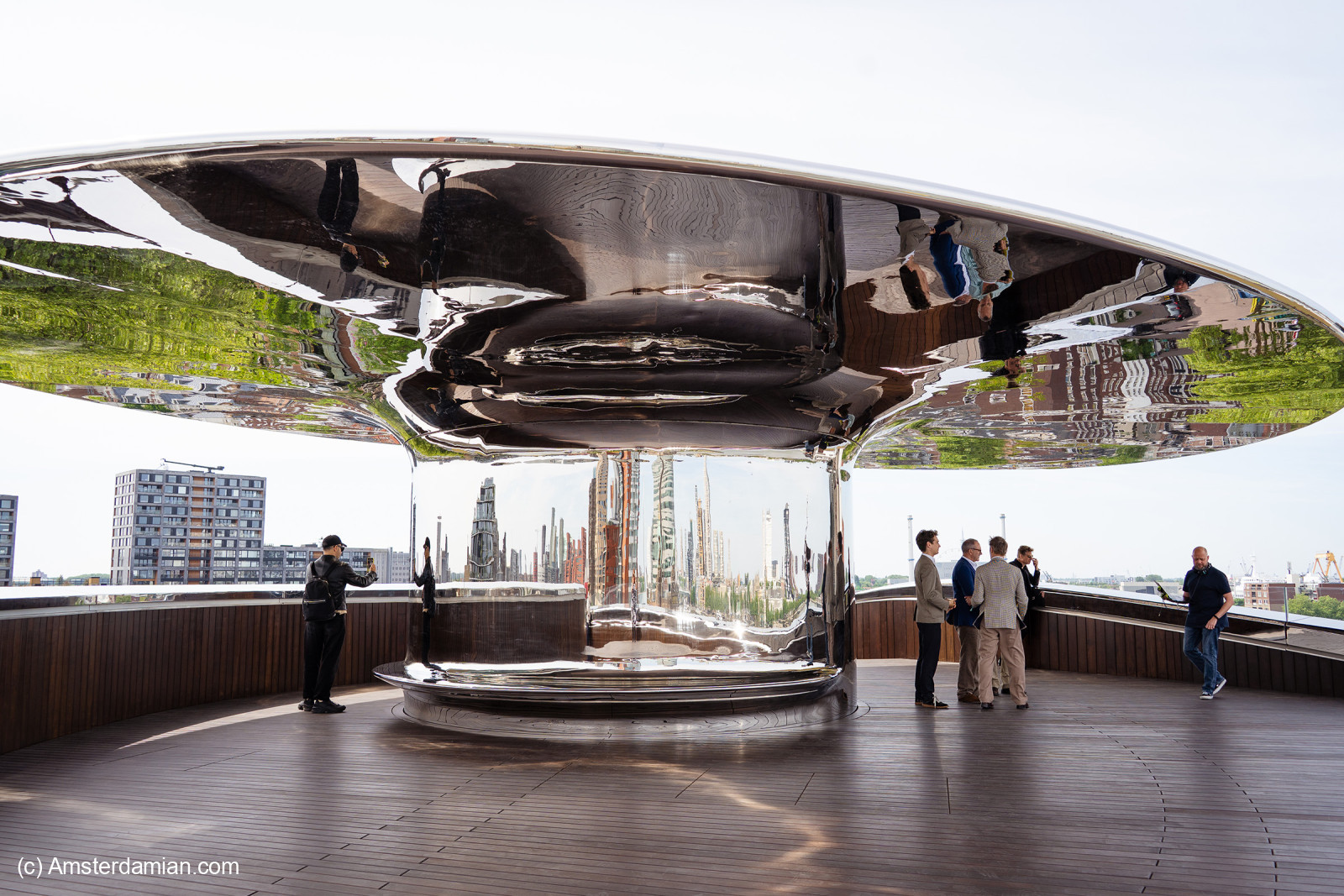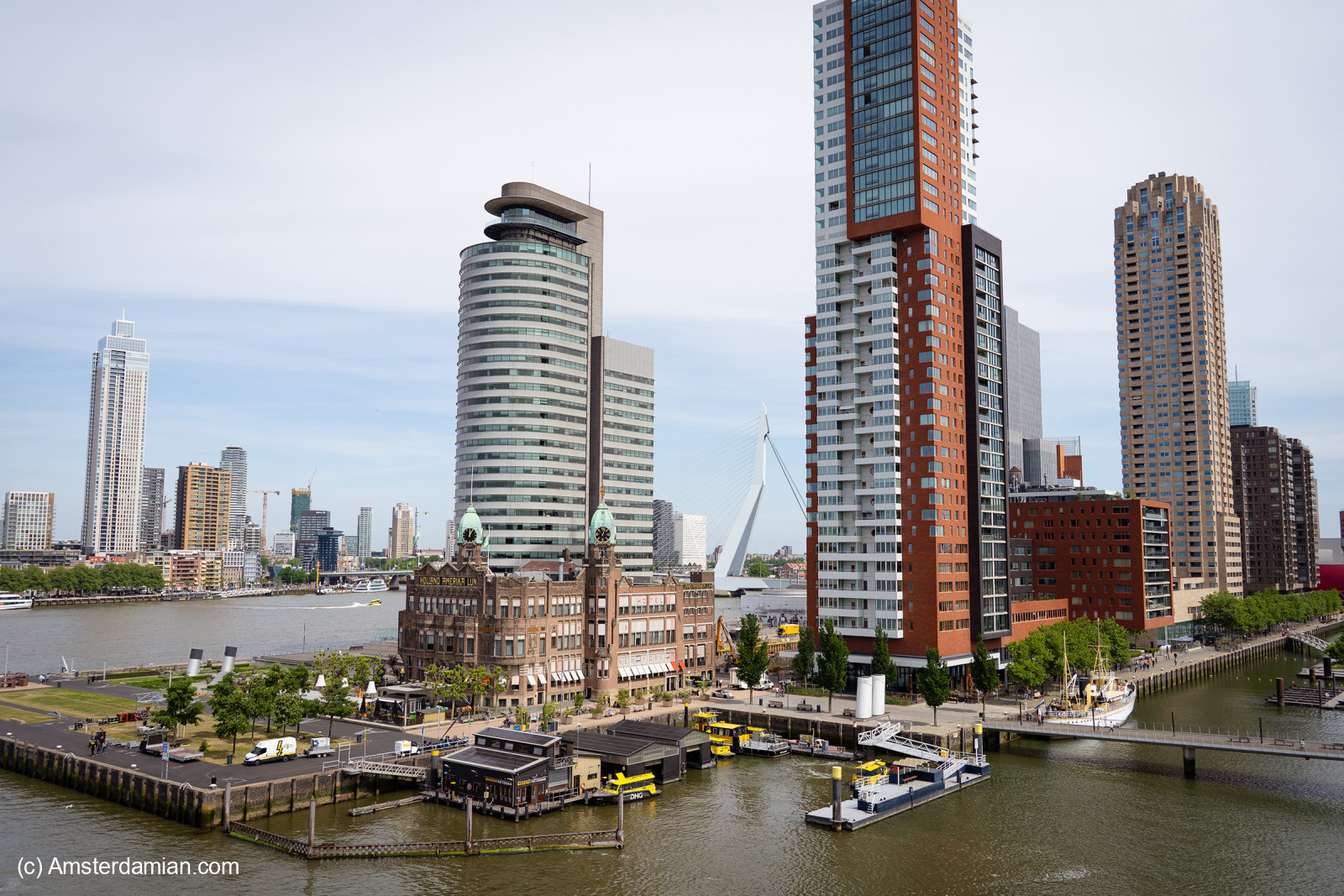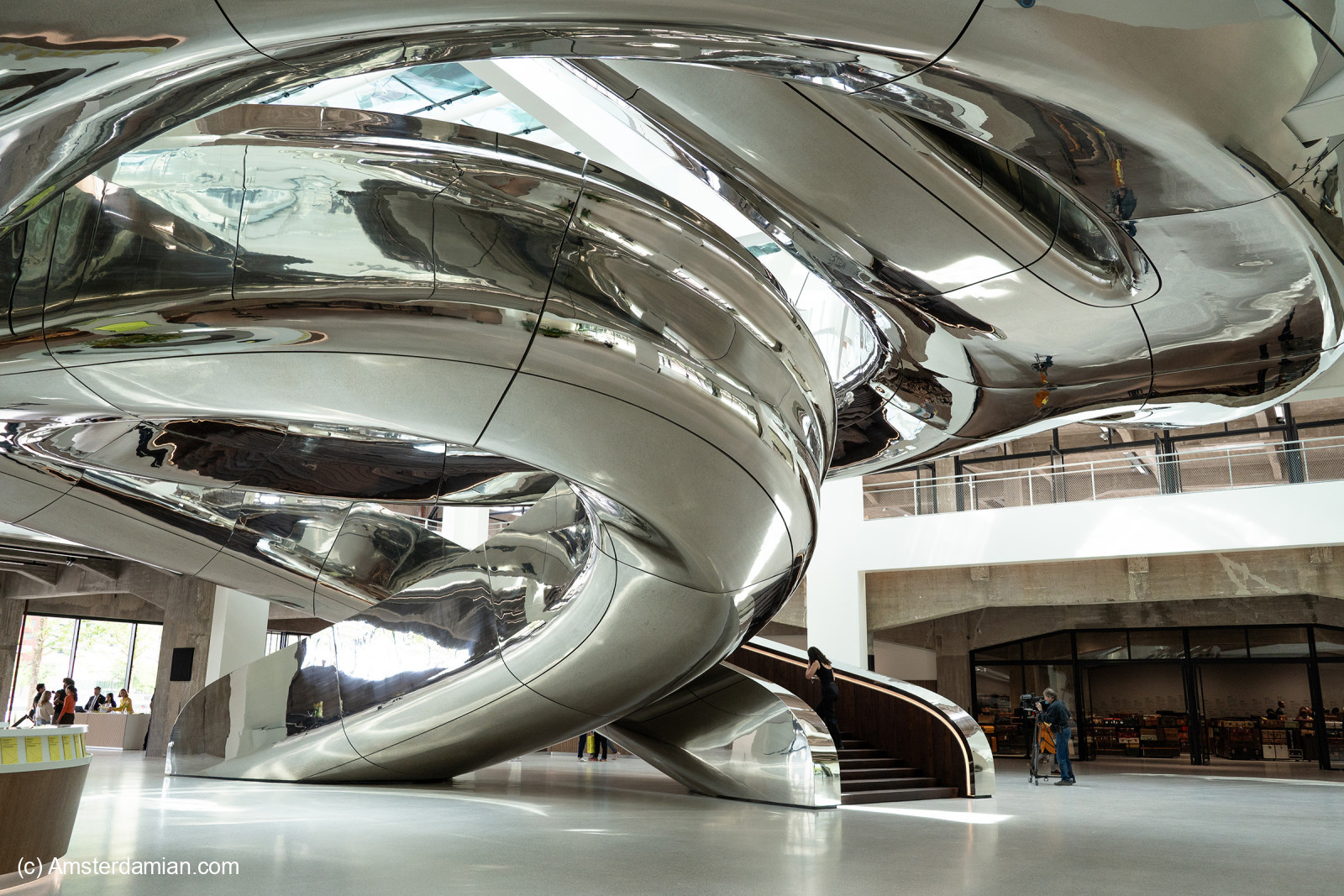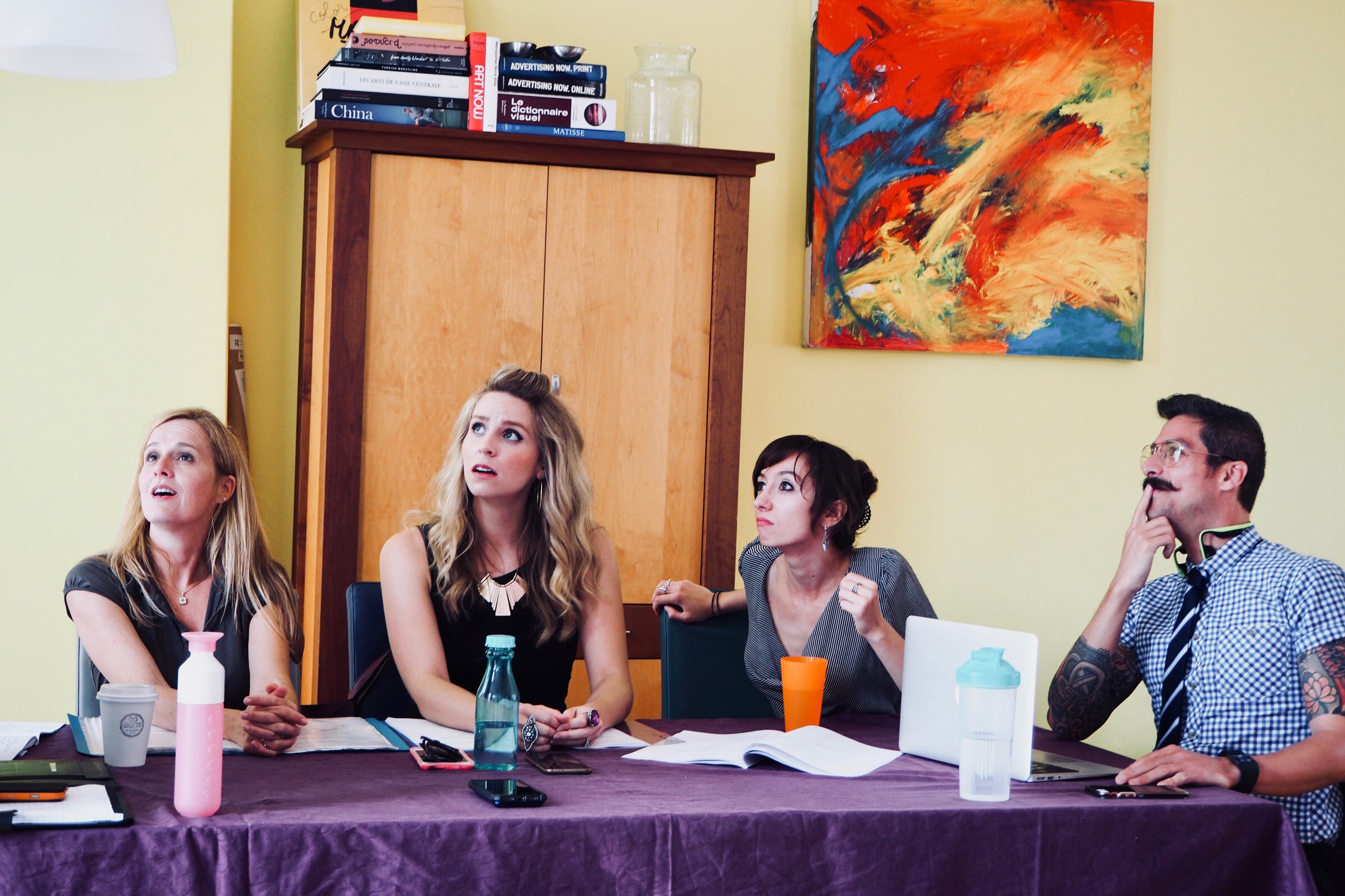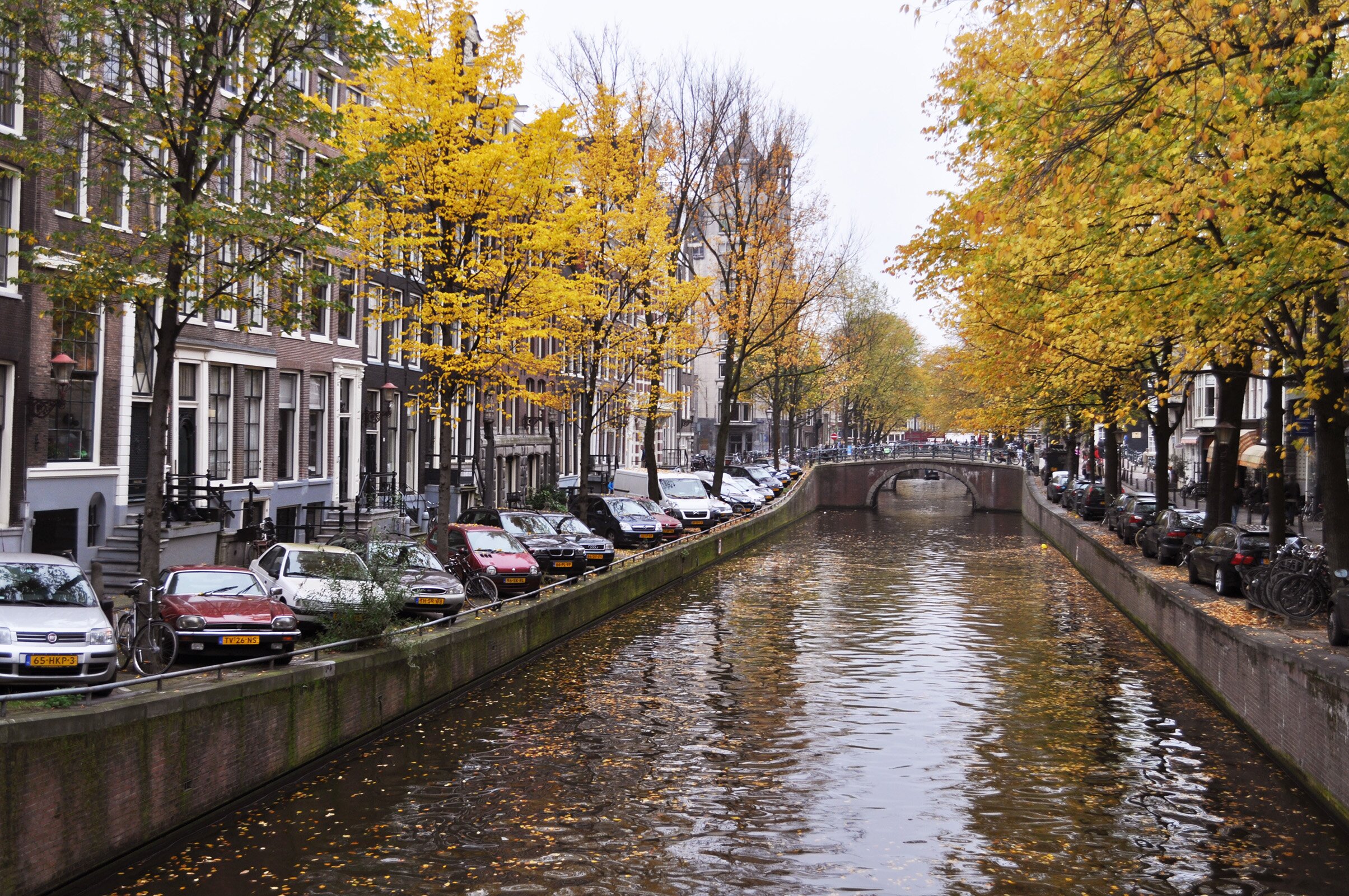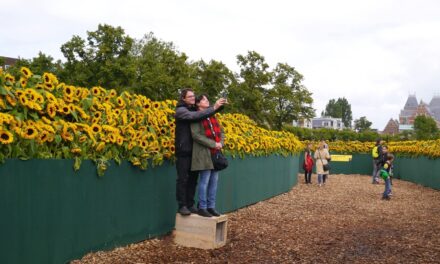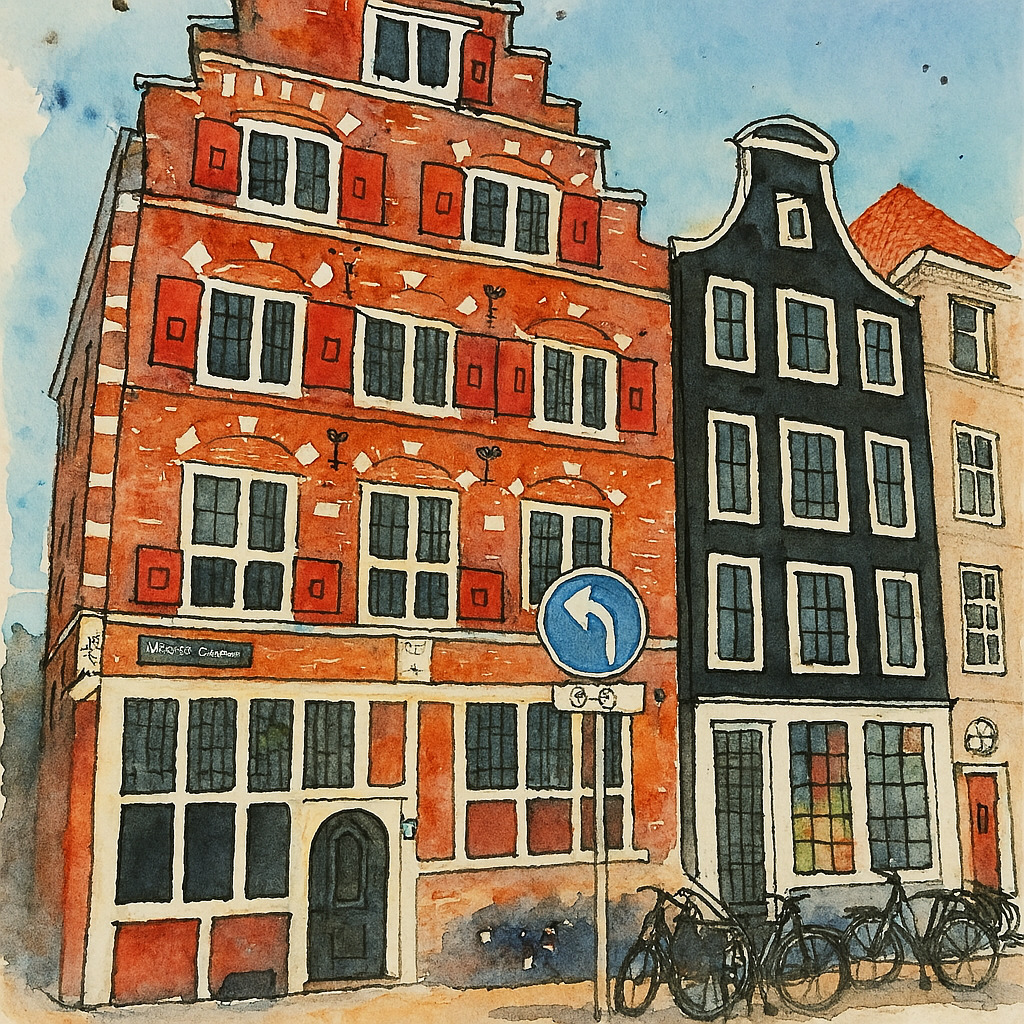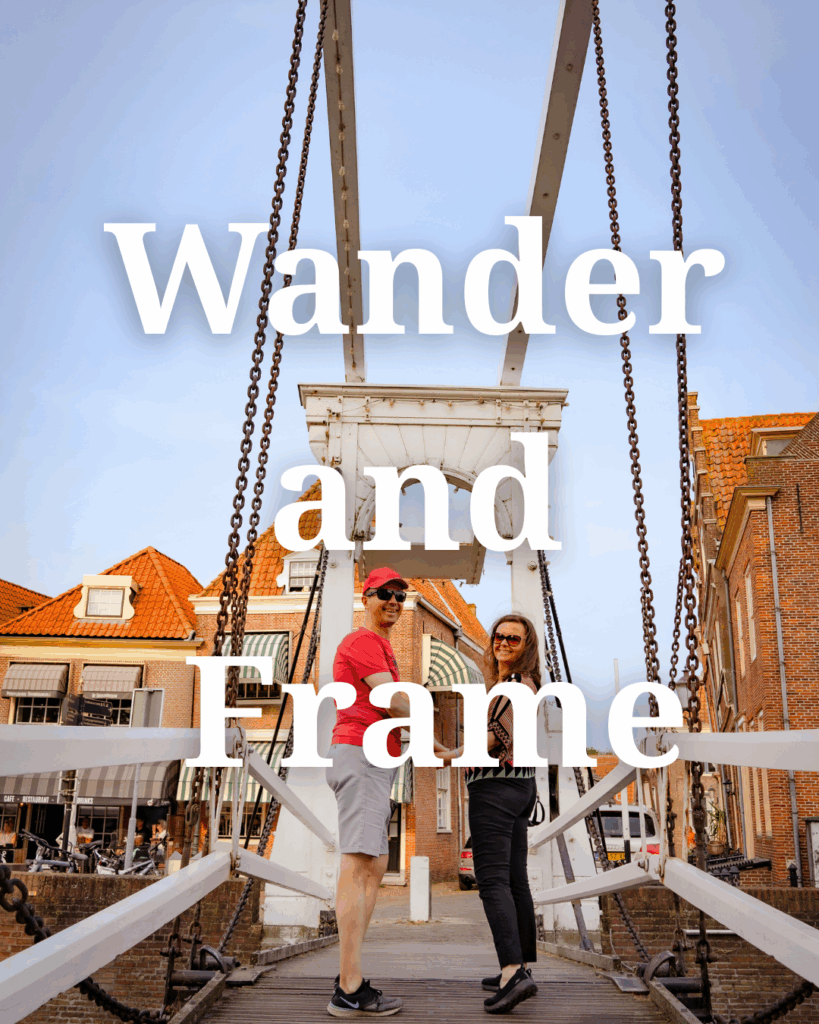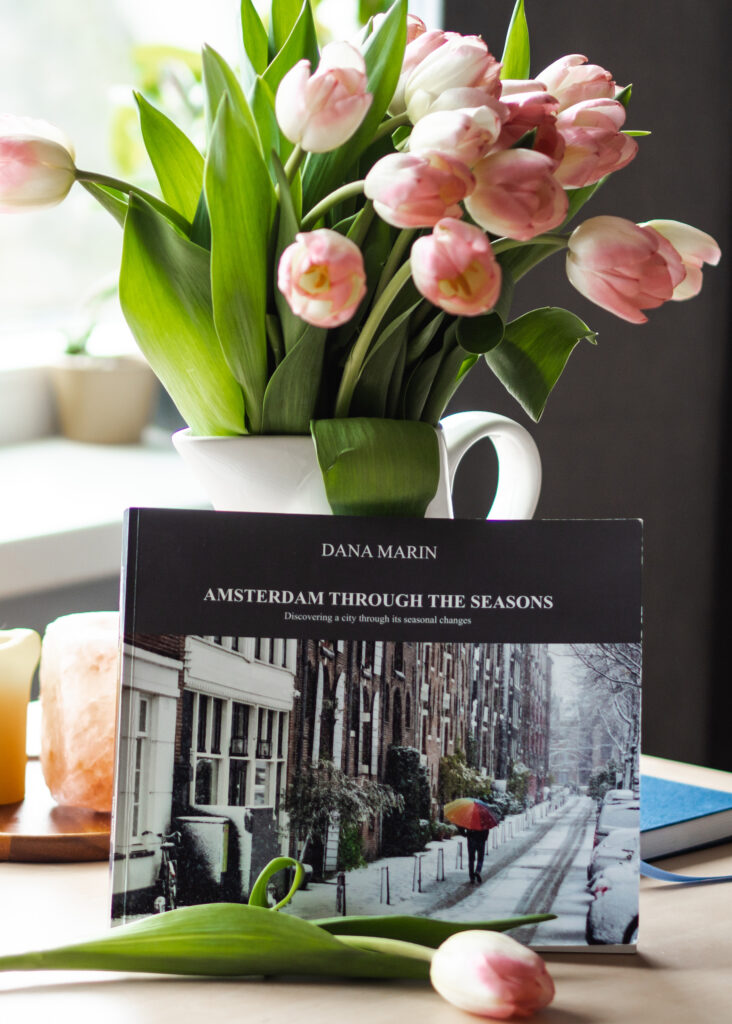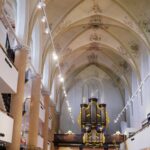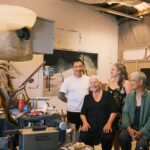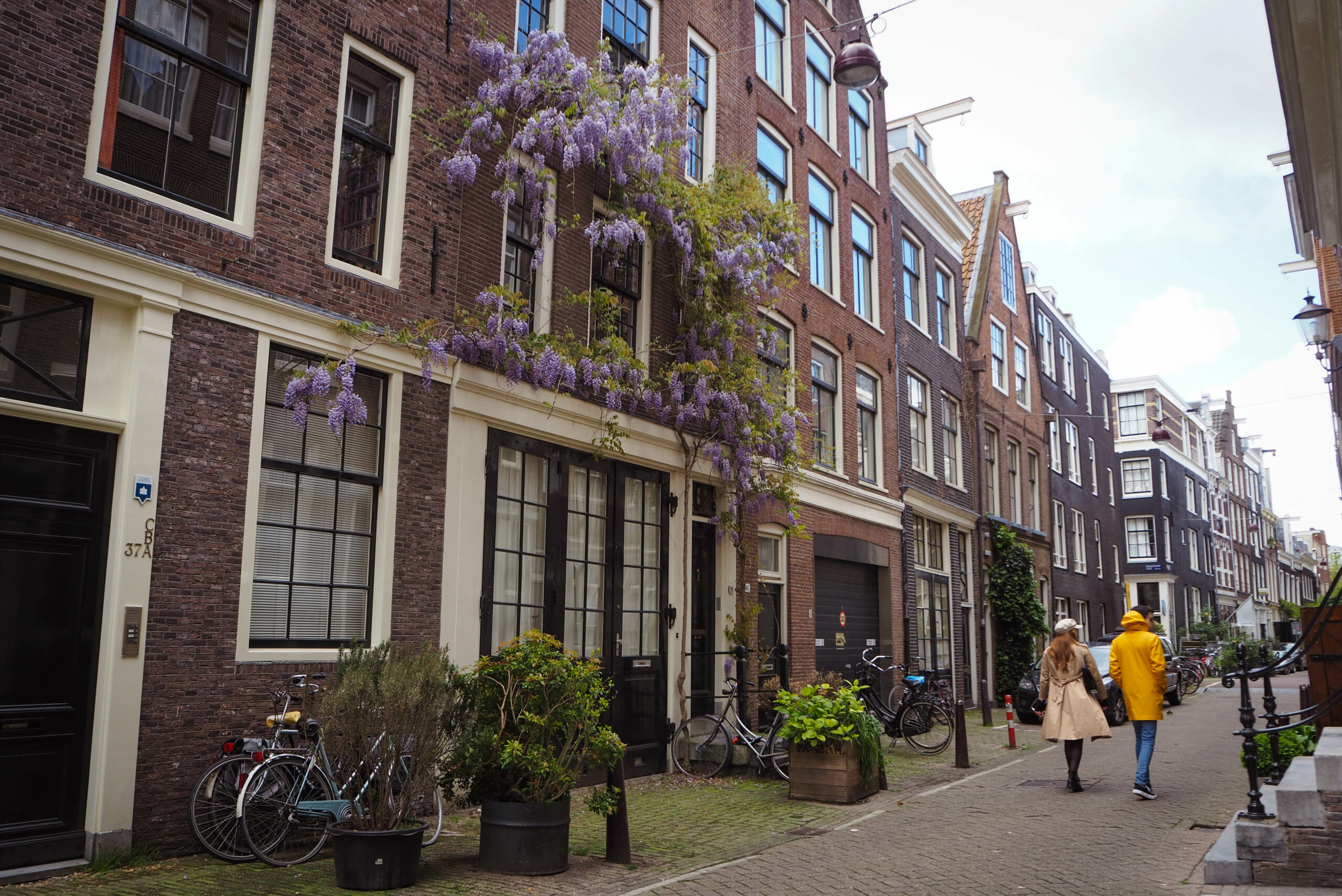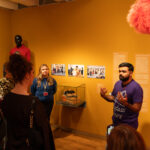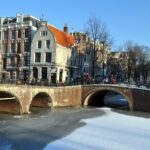In May, Rotterdam just became more interesting with the addition of a brand new museum. Fenix, the new international art museum devoted to migration, opened its doors to the public on 16 May 2025, with Queen Maxima as a guest of honour. From now on, stories about love, farewells, homesickness and joy will be told through the eyes of artists at Fenix.
The location of this museum couldn’t be more fitting: Fenix Museum is hosted in a former warehouse right on the docks of the city, from where millions of migrants departed in the 19th and 20th centuries to America and Canada. While the Europeans departed from here, others arrived on the same docks to make Rotterdam, or Europe, their home. The renovation and transformation of this warehouse into a museum is the centrepiece of the regeneration of the Katendrecht neighbourhood, which was home to Rotterdam’s red-light district and the oldest Chinatown of continental Europe.
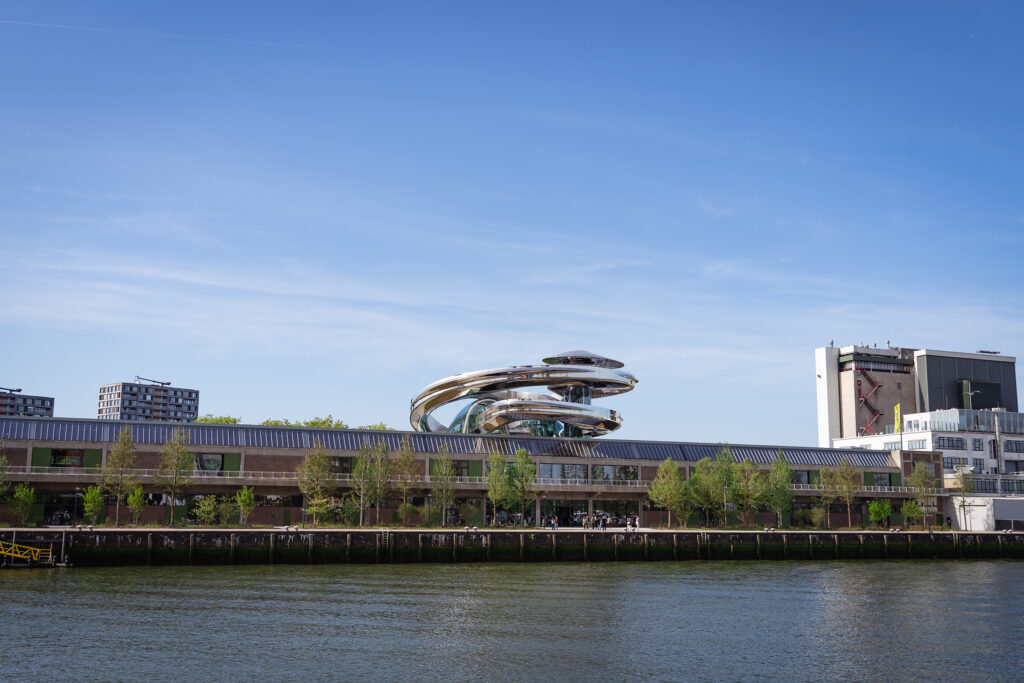
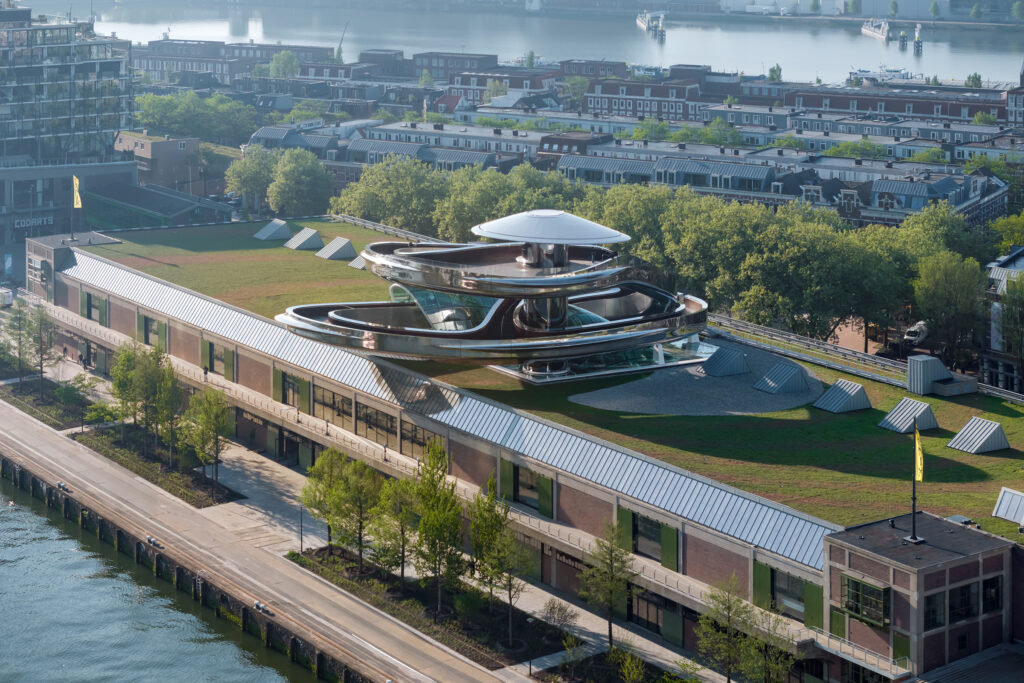
This area of Rotterdam, where the New York Hotel is also located (the hotel where people would stay right before their departure – the rich ones, because the poor were hosted in a different place), fascinated me since I first visited. It’s like all the emotions of the people leaving and arriving here years ago are still lingering around the docks. I always get goosebumps when I walk in the area. I think of all the lives that were about to change dramatically, with this place as a starting point. Maybe even some of my relatives stood once here, heading to what they were hoping to be a better life.
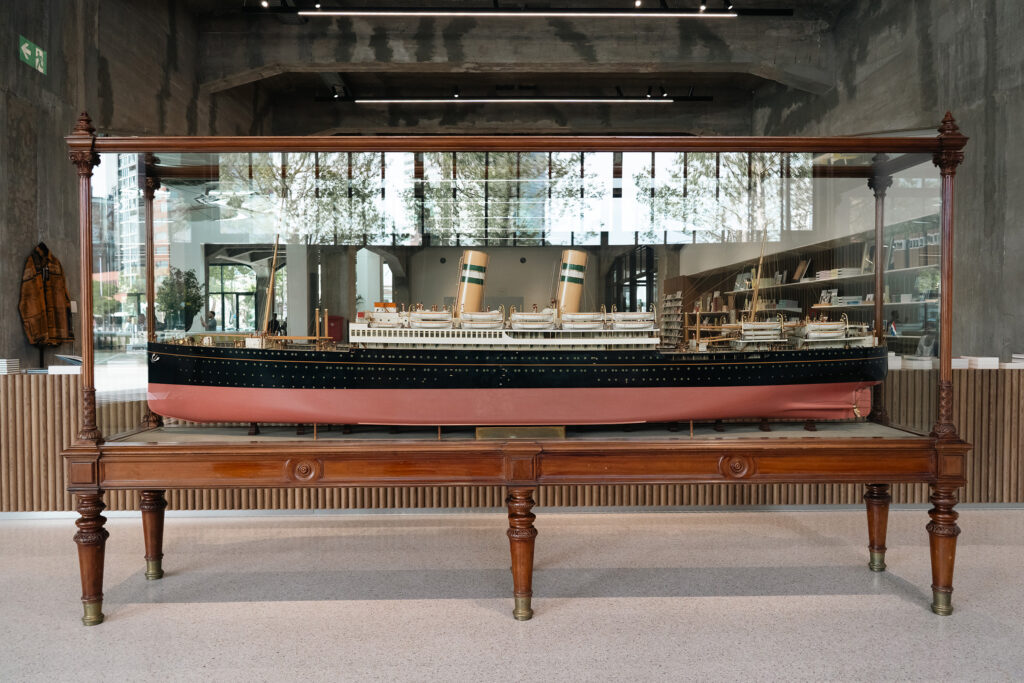
Rotterdam still defines itself as a city of migration, with over 170 nationalities living here. People are still arriving in Rotterdam, while others leave. Migration is a timeless subject. We, as a species, continuously traveled around the globe, always searching for something – be it a better or a more interesting life, better climate, more adventure, more survival chances. Since the dawn of time, it was a subject that brought changes and also conflict. And while today it’s easier for many people to move countries and continents, for others is still a life-threatening decision, a risk they have to take if they want/hope for a better life.
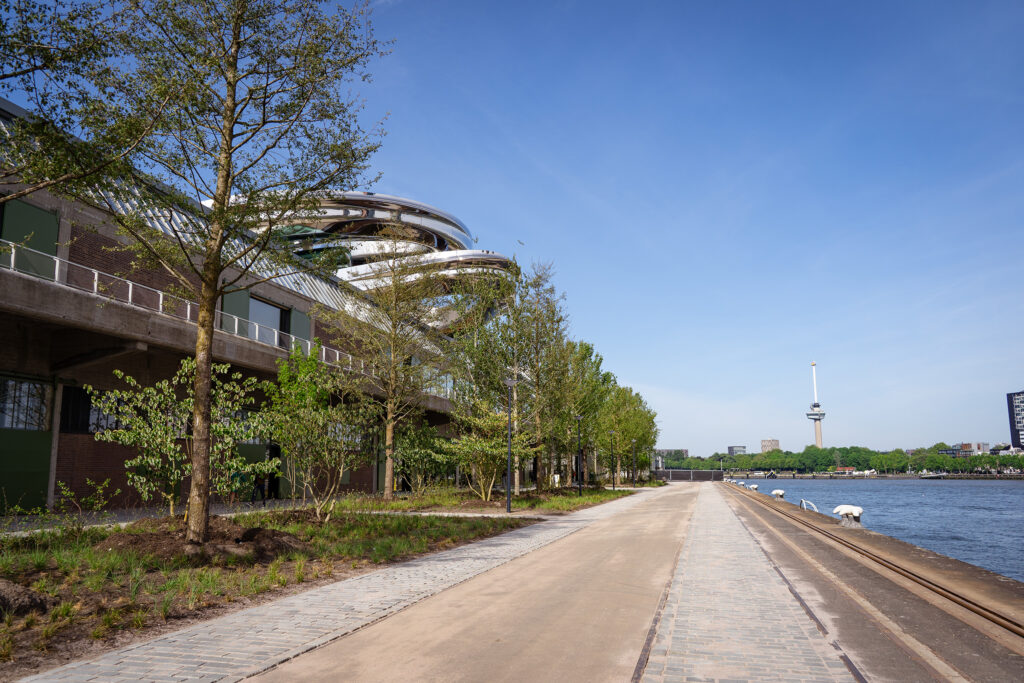
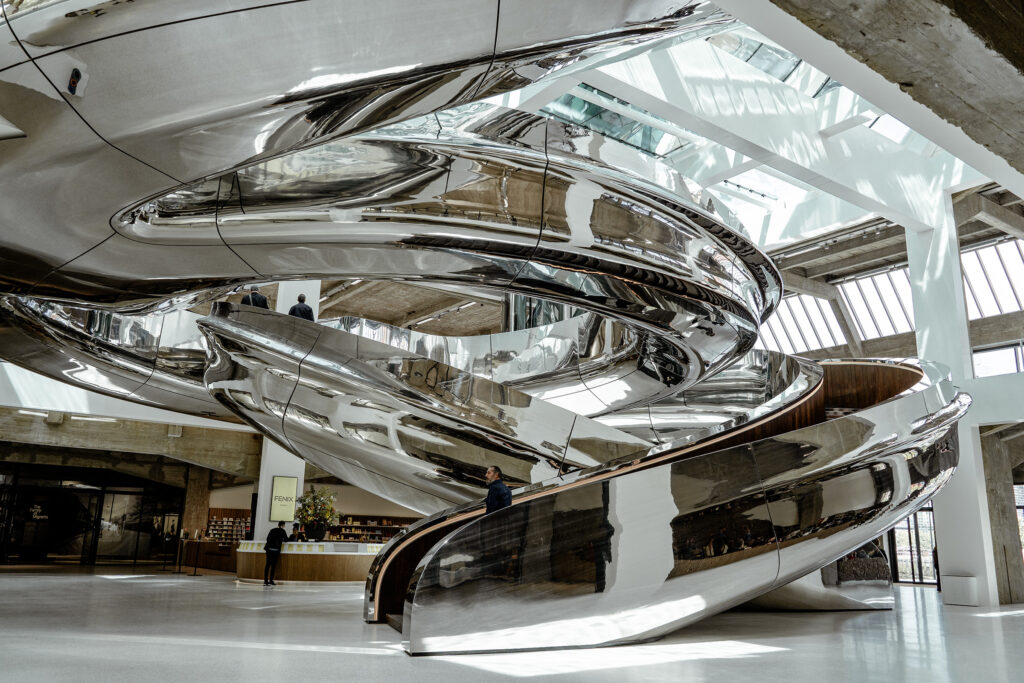
A museum that addresses migration was long overdue in The Netherlands, in my opinion, so I was glad to hear about this news and very excited to see it as soon as it opened. I hope many people will go there and open their mind to the stories being told, and, when they leave, they will think a bit differently about all the migrants that surround them in their everyday life.
“What we aim to tell is a human story. What we really want to show with Fenix – what we are showing with our collection, with the stories from our artists – is that migration is timeless and universal, and, above all, migration is about people,” says Hanneke Mantel, Head of Exhibitions and Collection at Fenix.
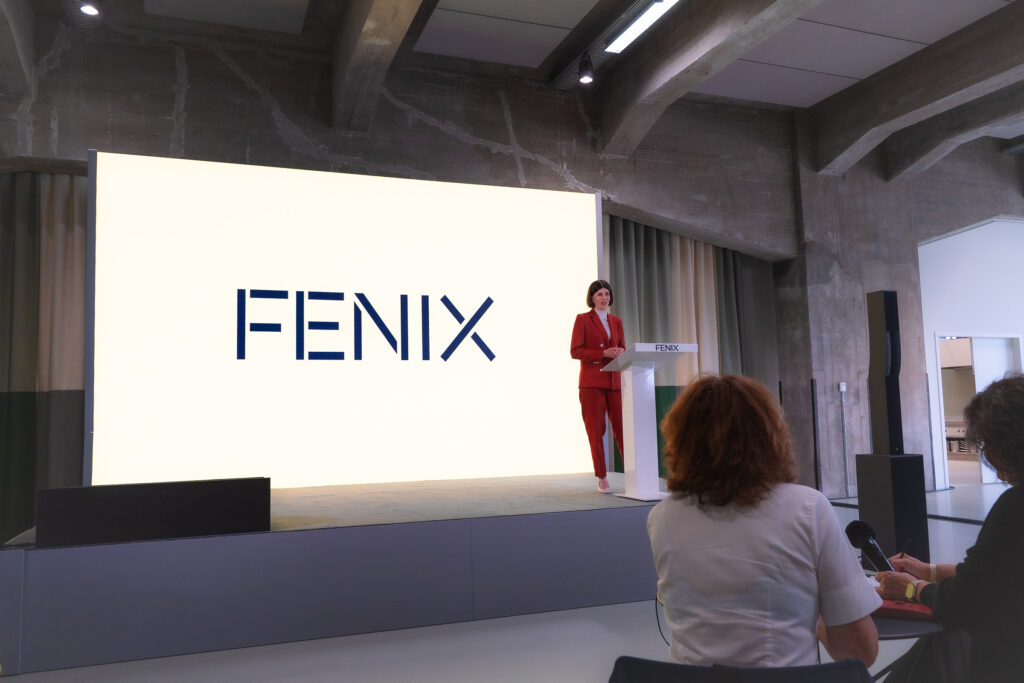
Fenix museum opens with three exhibitions:
The Family of Migrants
A collection of 194 photographs from 55 countries taken by 136 photographers. The inspiration for this exhibition was Edward Steichen’s Family of Man, which was first shown at MoMA in 1955. You’ll see here photos from 1905 to the present, telling stories of love, history, tragedy.
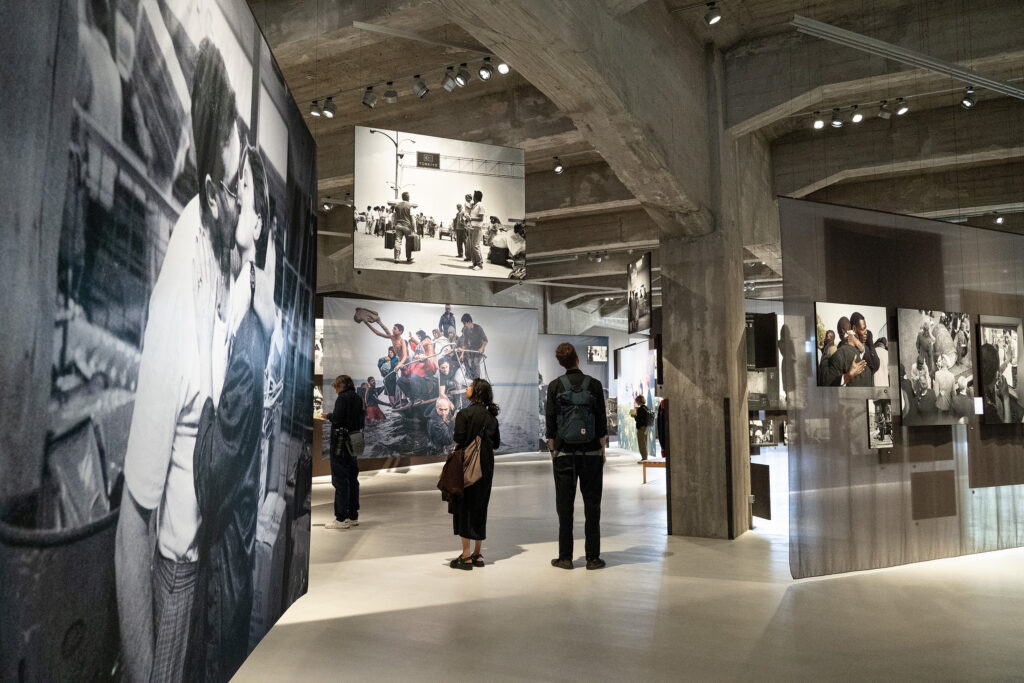
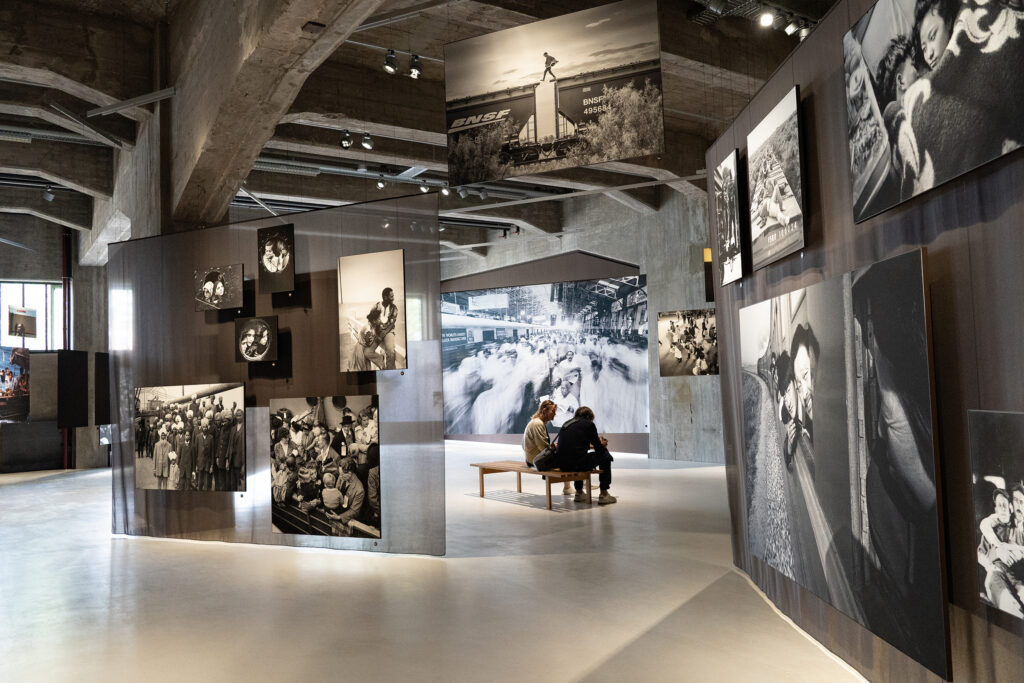
All Directions
This showcases over 150 artworks and objects ranging from the historical to the contemporary, drawn from the Fenix collection and acquired over the past five years. The artists featured are from across the globe. It’s enriched by personal mementos, gathered from the people of Rotterdam and telling individual stories of migration, alongside important historical artefacts such as a section of the Berlin Wall, a migrant boat from Lampedusa and a Nansen passport from 1923, an internationally recognised travel document that was issued to stateless refugees after World War I.
The Suitcase Labyrinth
An interactive installation made up of 2,000 donated suitcases that brings to life a collection of personal histories from countries, cultures and communities from around the world. While you walk around the rows of suitcases, you have to look for the ones with a yellow tag and point your listening device to them to hear the story of that suitcase. To collect all these, the museum put up newspaper advertisements, and many people came forward to donate suitcases that were in some cases handed down from generation to generation. This struck me as particularly emotional part of the museum. Most of my life revolved around suitcases and travel to different places, and it still does. A suitcase carries not only the physical baggage that we move from one place to the other, but also the emotional load. I found myself spending too much time in this part of the exhibition, wandering through the labyrinth and discovering suitcases, and where there was no yellow tag, I could still imagine some of their stories.
The Tornado
It’s a good thing that after visiting the Suitcase Labyrinth I went up the Tornado, the centrepiece of the museum, a double helix staircase leading up to the roof, where, along with the fresh air, you get beautiful views over the docks, the river and the surrounding area. The Tornado, designed by Chinese architect Ma Yansong of MAD Architects, represents our journeys through the world, with all the twists and turns, the different directions that you can take, that lead to various results. The structure is 30 metres high, and clad in 297 stainless-steel panels that were made in Groningen (each panel took over 100 hours of polishing). It is an impressive structure, and I can imagine it will attract many visitors eager to see it.
The museum also features Plein, designed as an indoor city square. It will serve as a space for gathering, interaction, food and more.
The space of this museum is quite large (you can see you’re not in Amsterdam anymore!). This building that was part of world’s largest transshipment warehouse was beautifully renovated, and even got a green roof. In 1923, this place was known as the San Francisco Warehouse. It served as an important building for storage and shipping for the Holland America Line – a successful Dutch cargo and passenger line founded in Rotterdam in 1873 which provided steam shipping between the Netherlands and America and facilitated the journeys of millions of emigrants in the late 19th and early 20th centuries. During World War II, the San Francisco Warehouse was destroyed, and its reconstruction started in 1950, when it was split in two warehouses. The museum is now housed in Fenix Warehouse II.
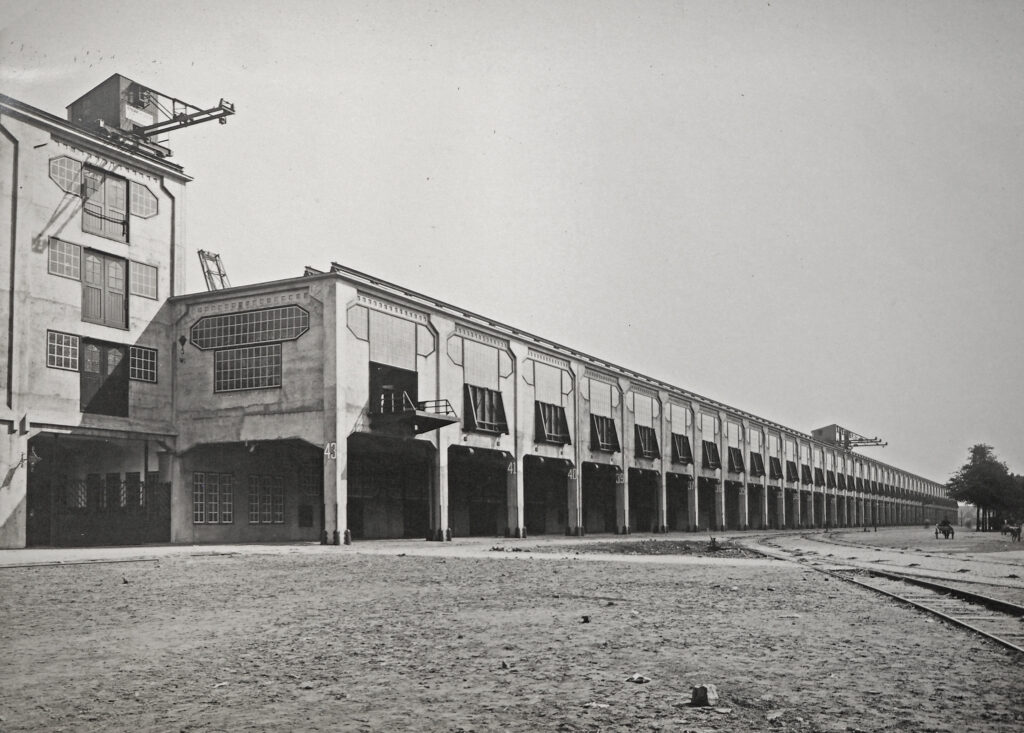
Fenix is funded by the Droom en Daad Foundation, which is helping redefine Rotterdam for the 21st century – developing new kinds of arts and culture institutions.
Opening times: Tuesday-Sunday from 10 a.m. to 5 p.m (Plein is open till 8 p.m.)
More on the Fenix museum’s website.
Stay tuned for more and follow Amsterdamian on Instagram and Facebook for more stories about life in the Netherlands. Please share this post if you liked it!
Check out my photo book: Amsterdam Through the Seasons!
Love what you’re reading? Support my work with a small donation.

